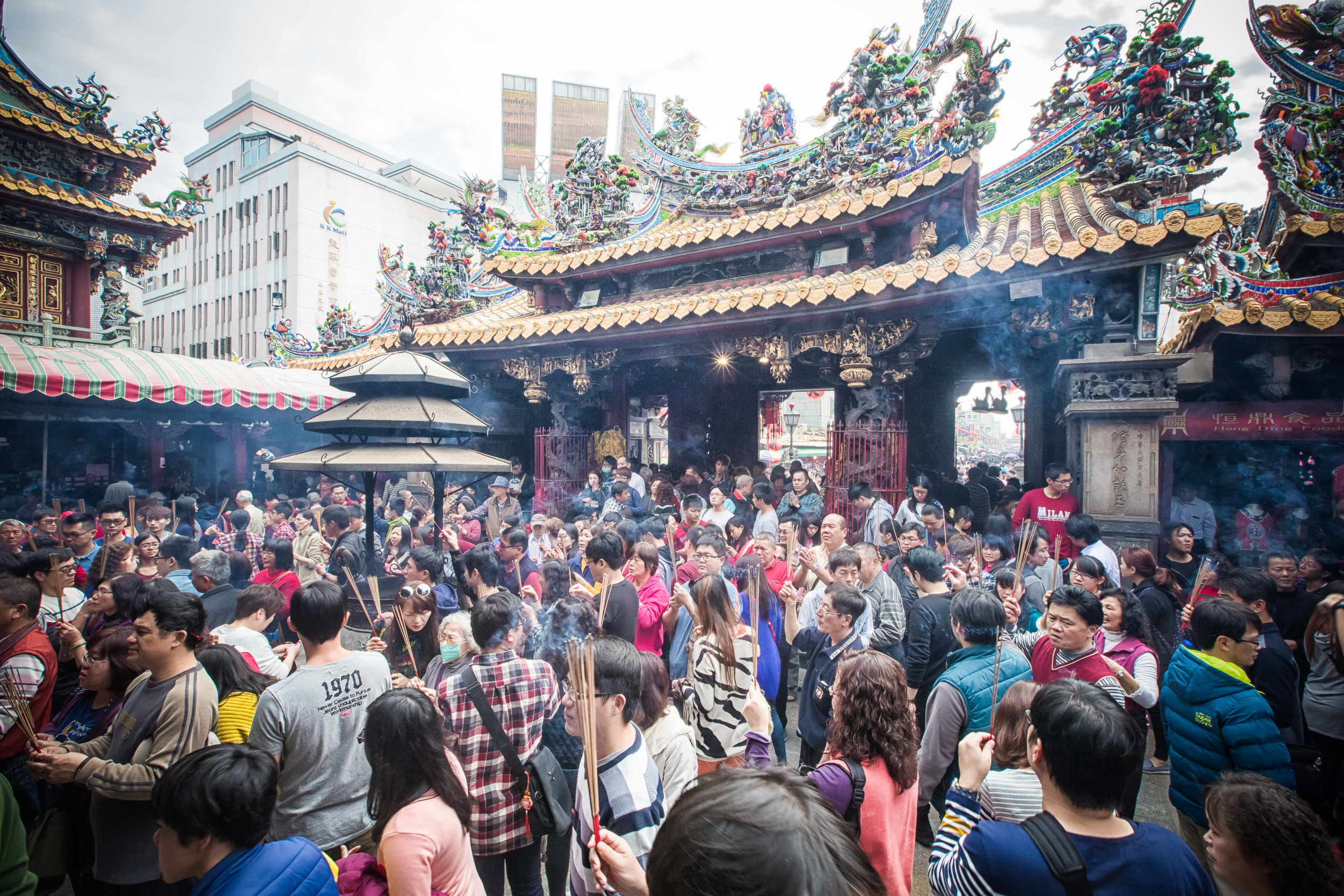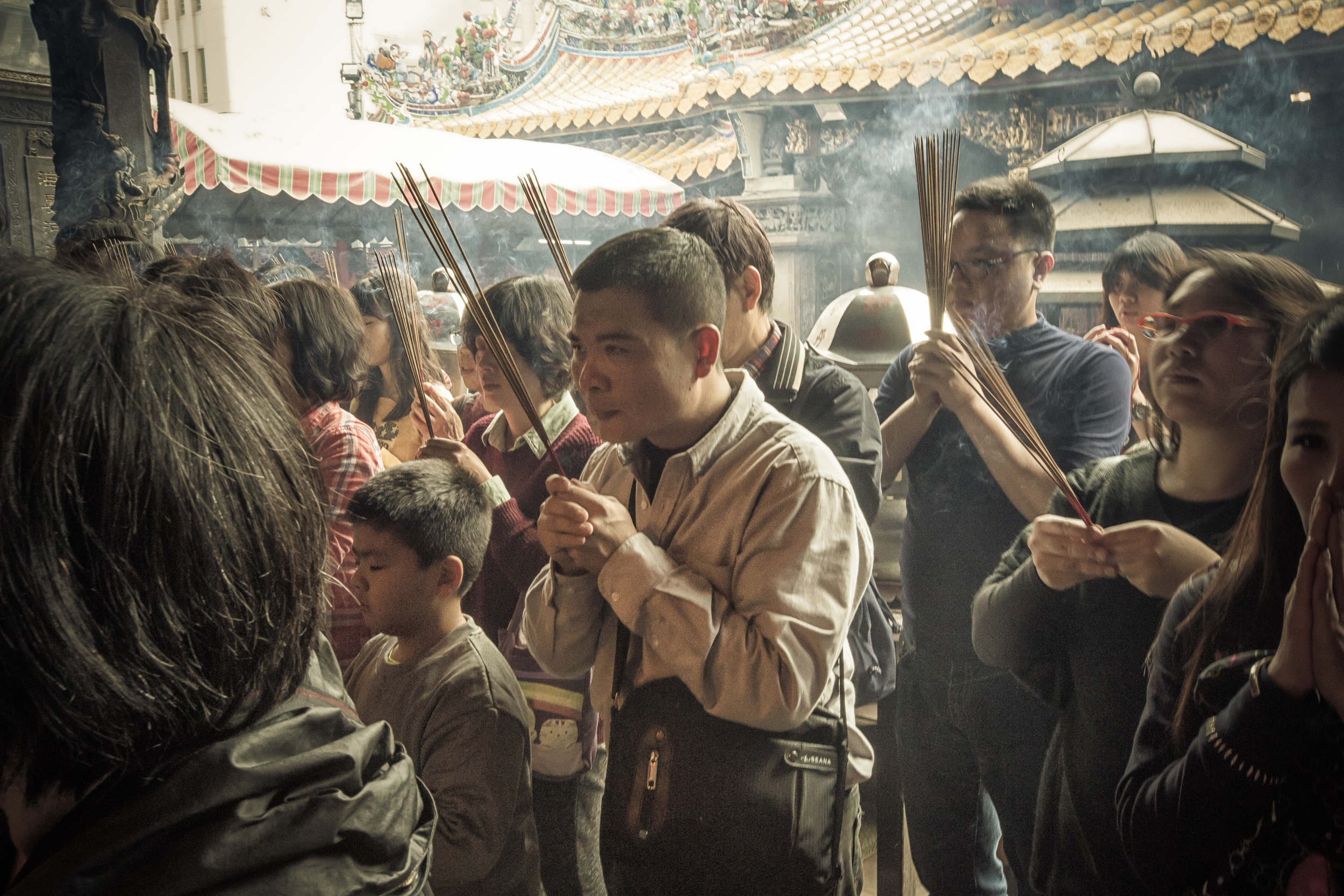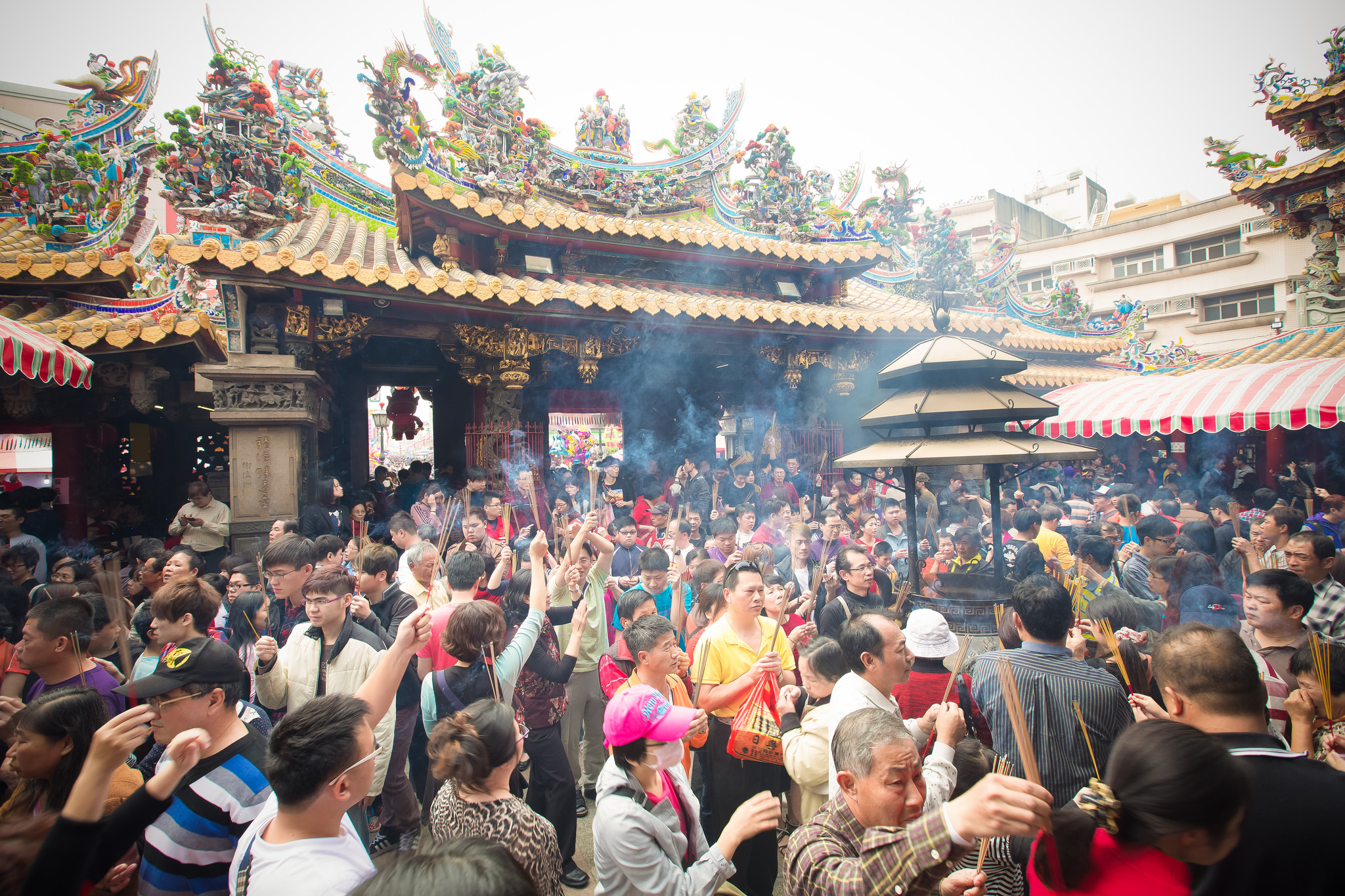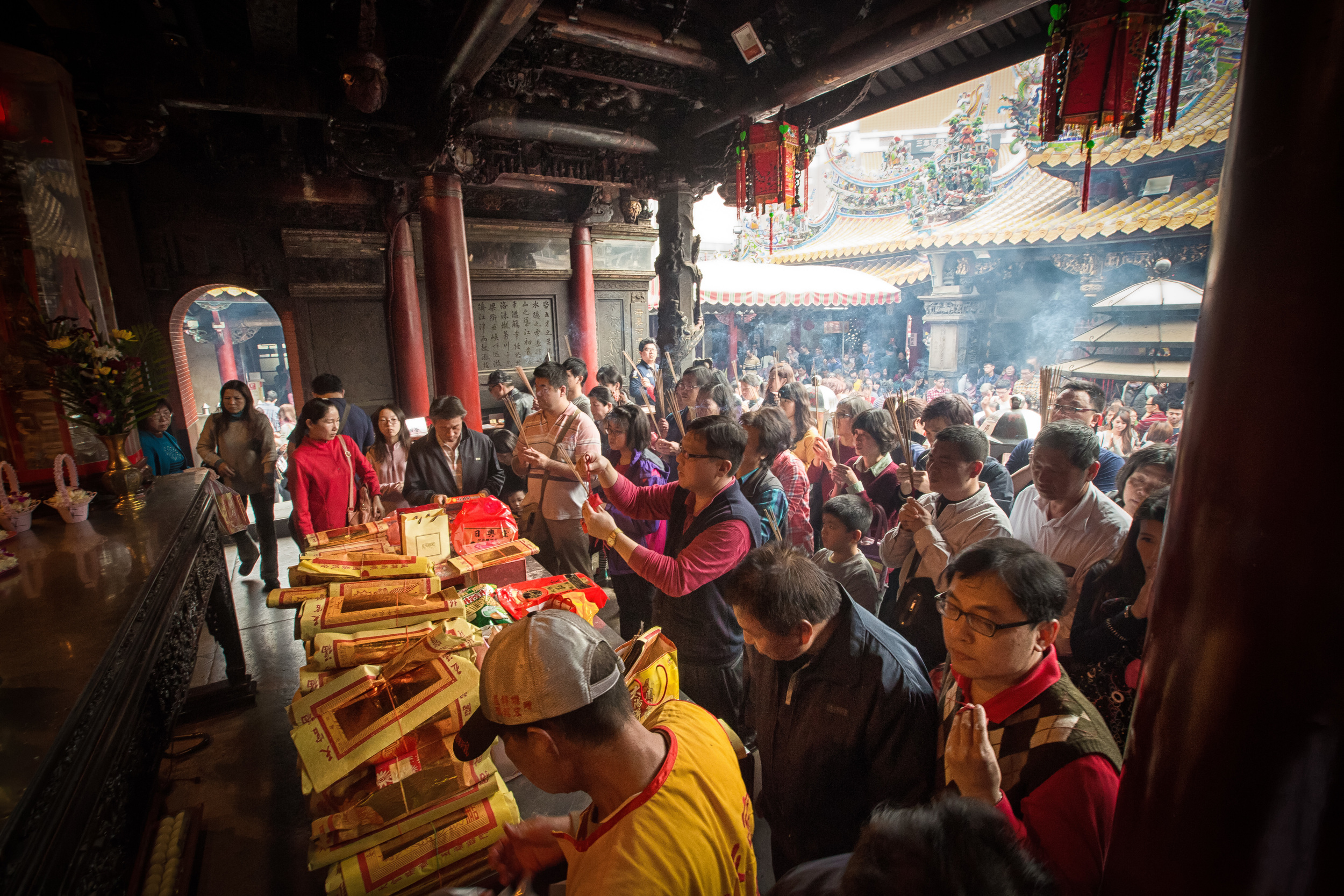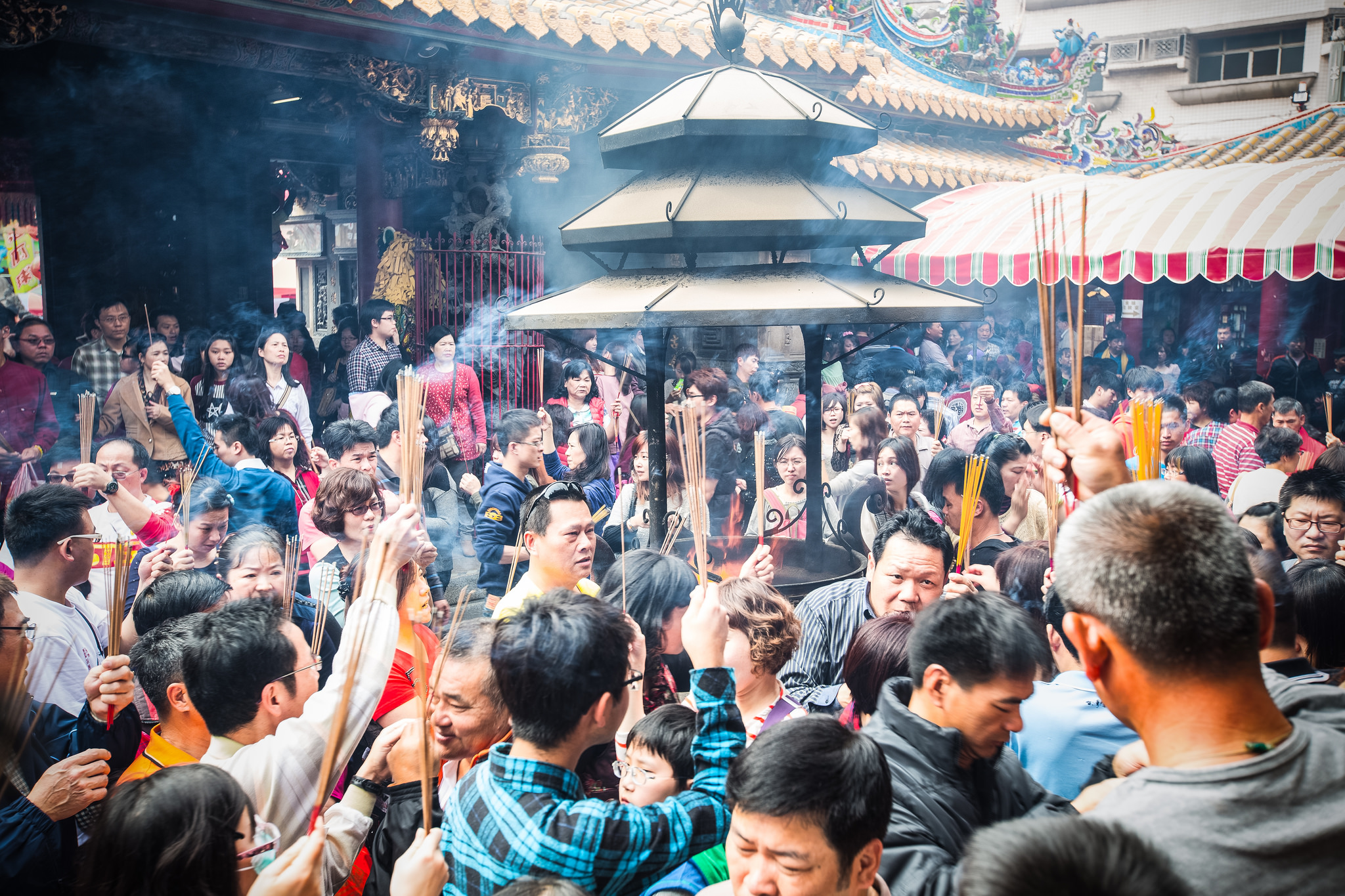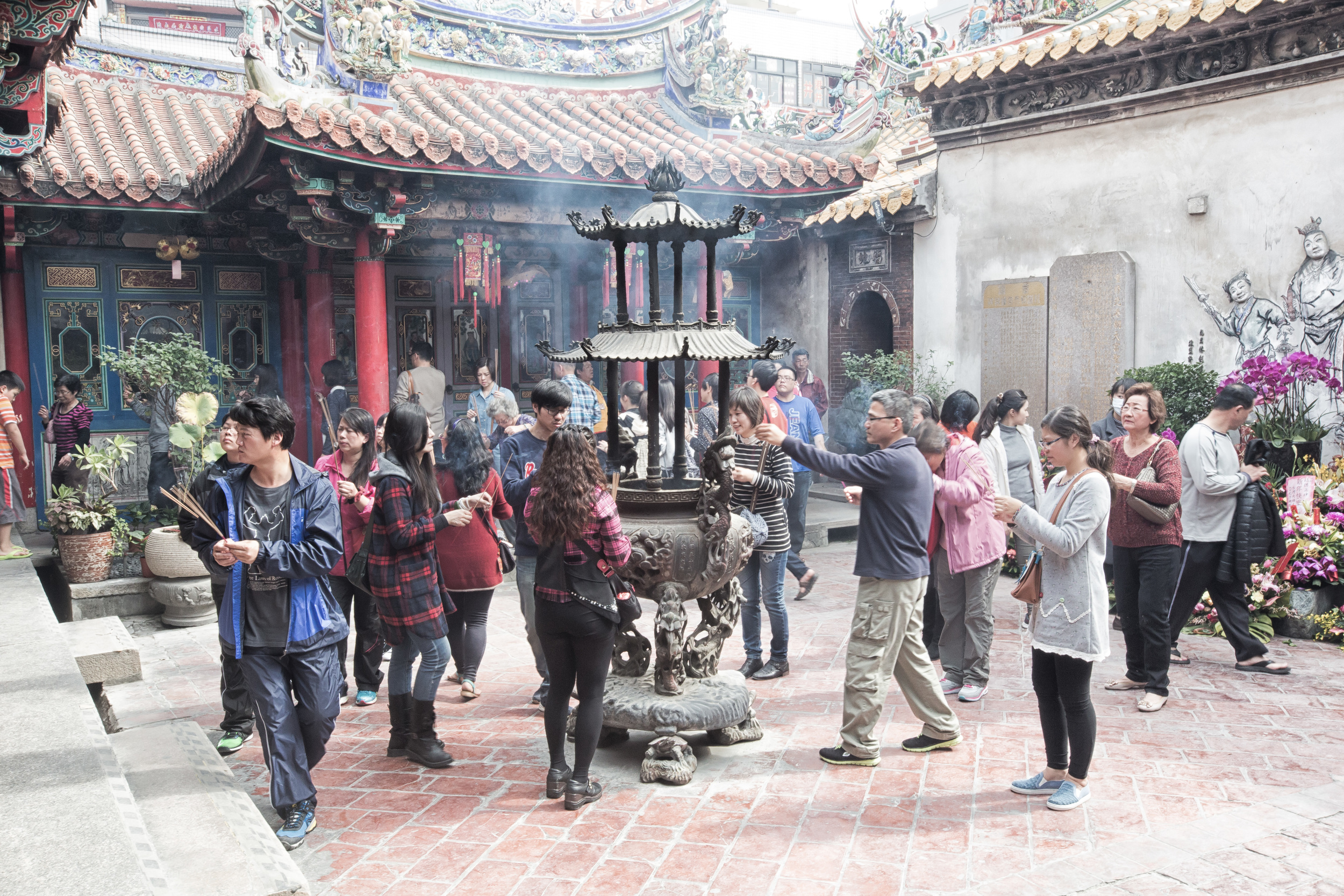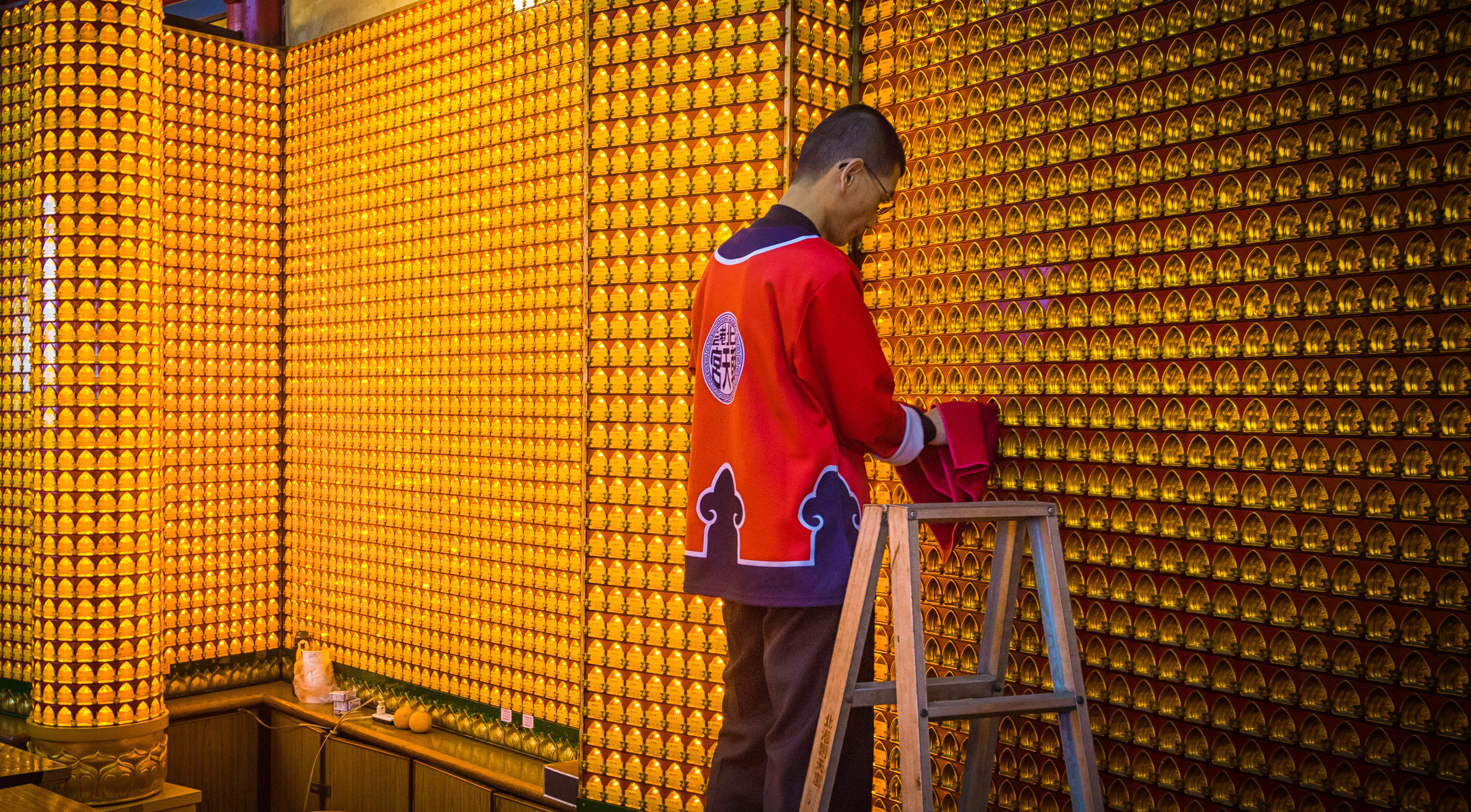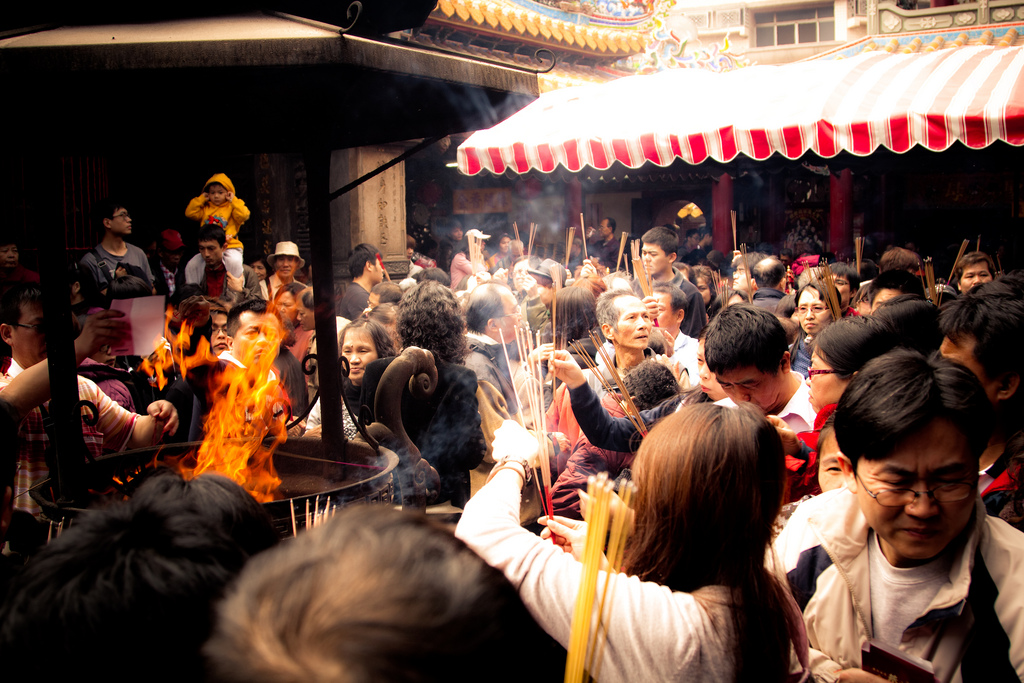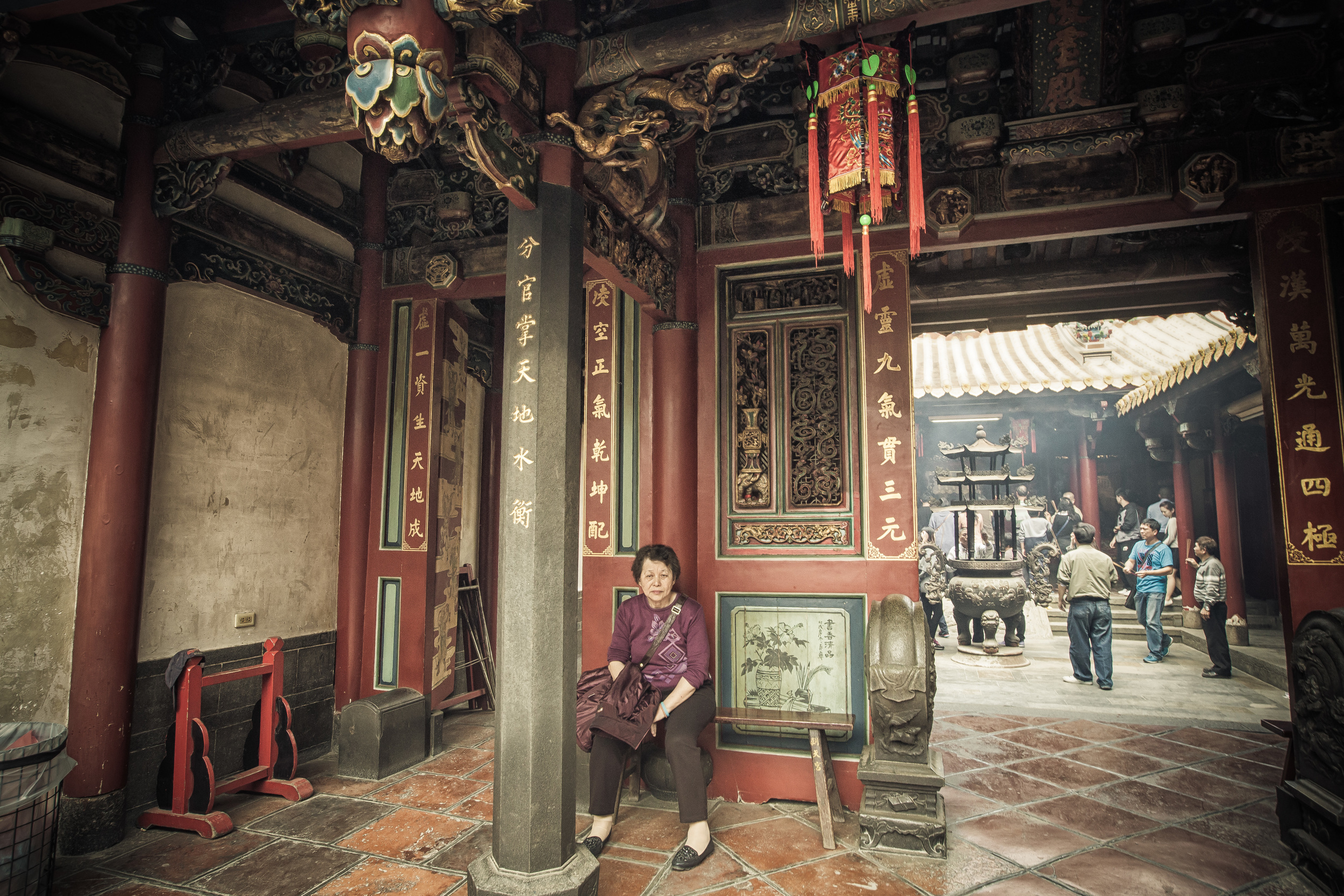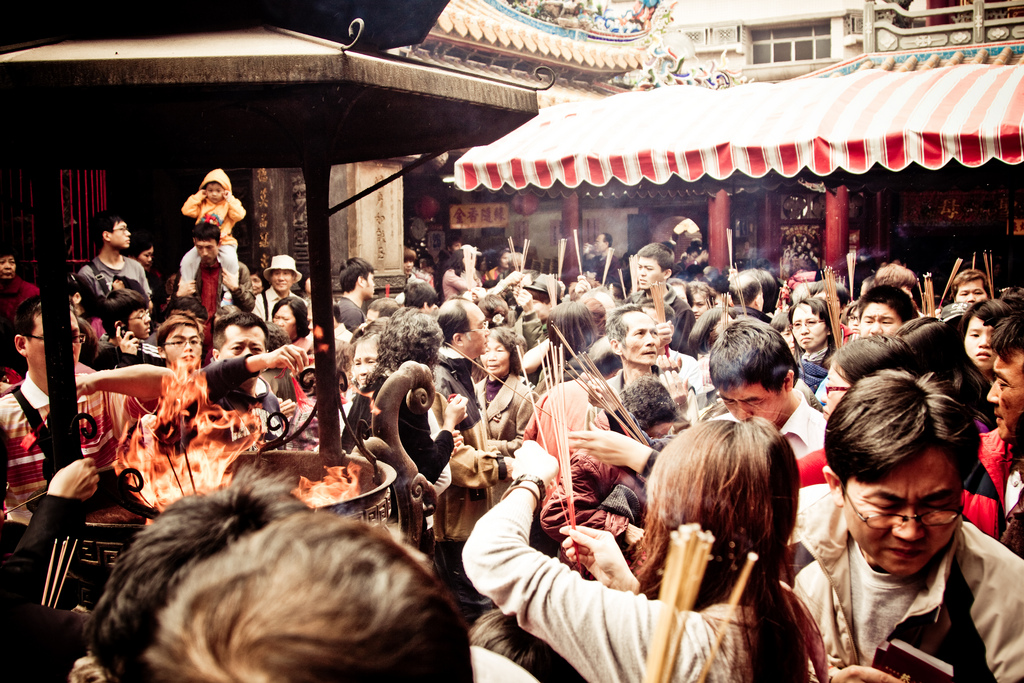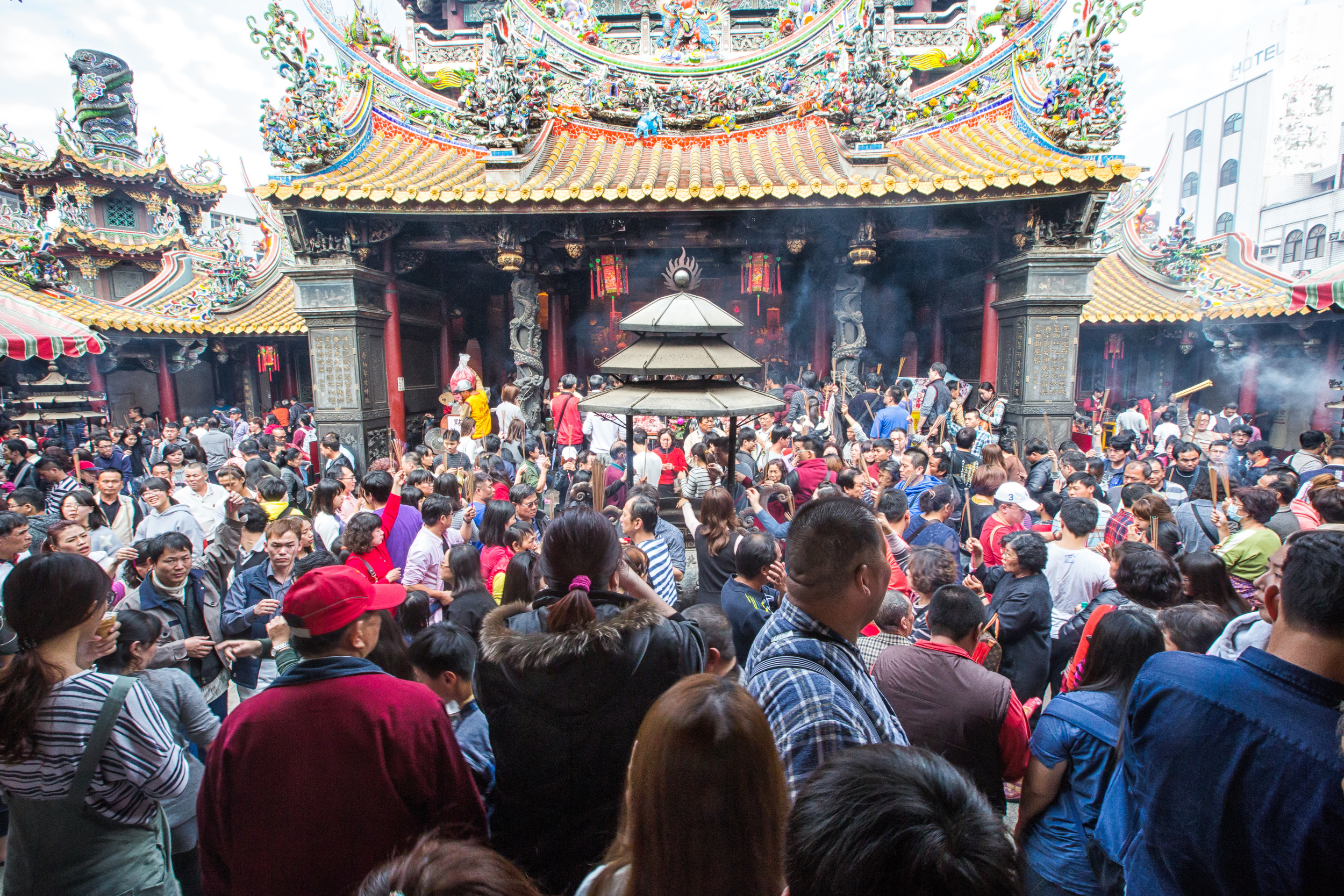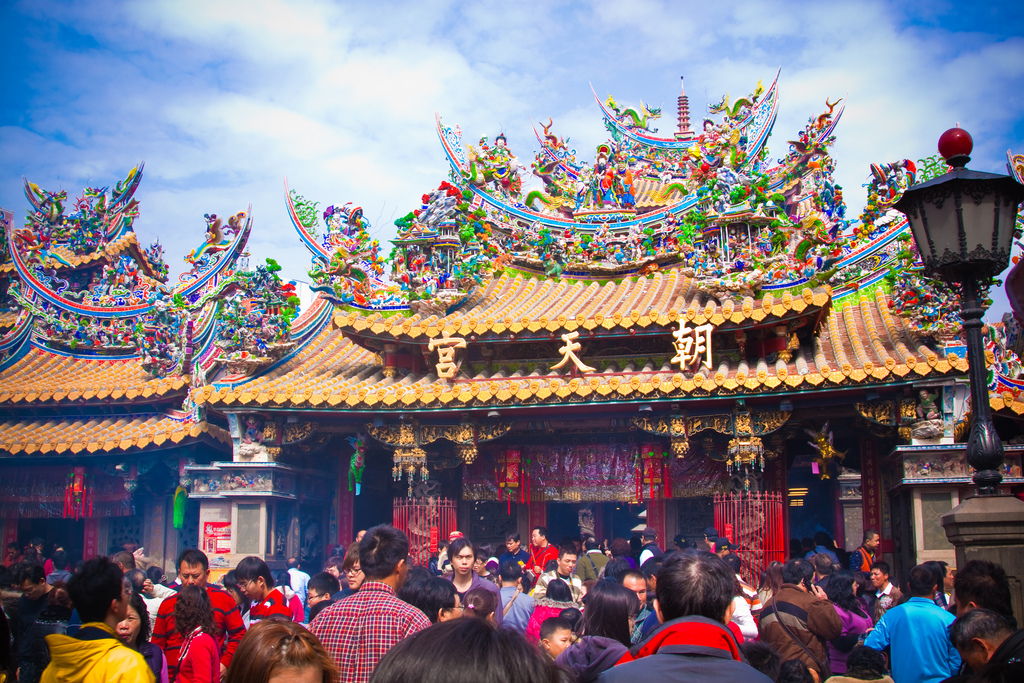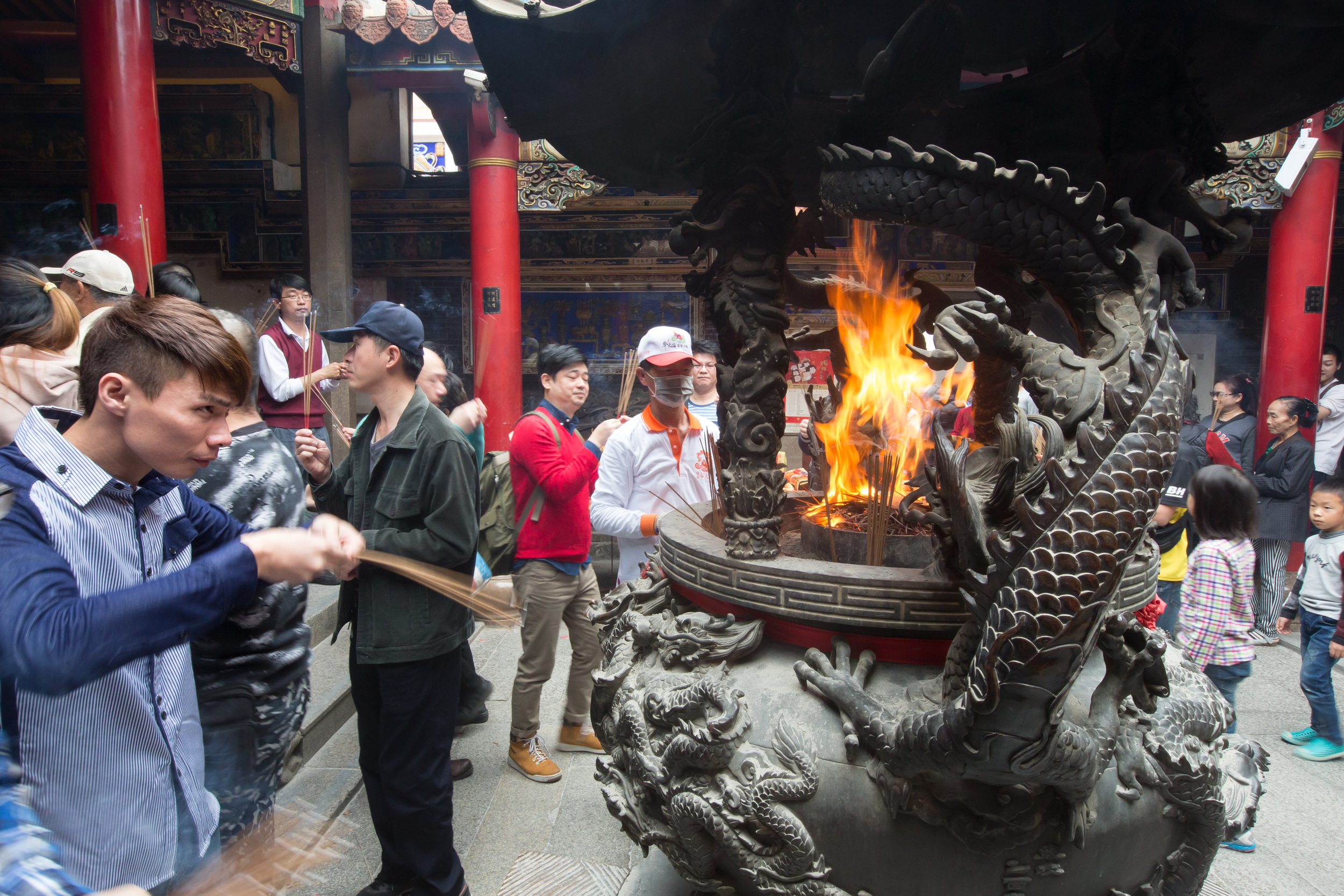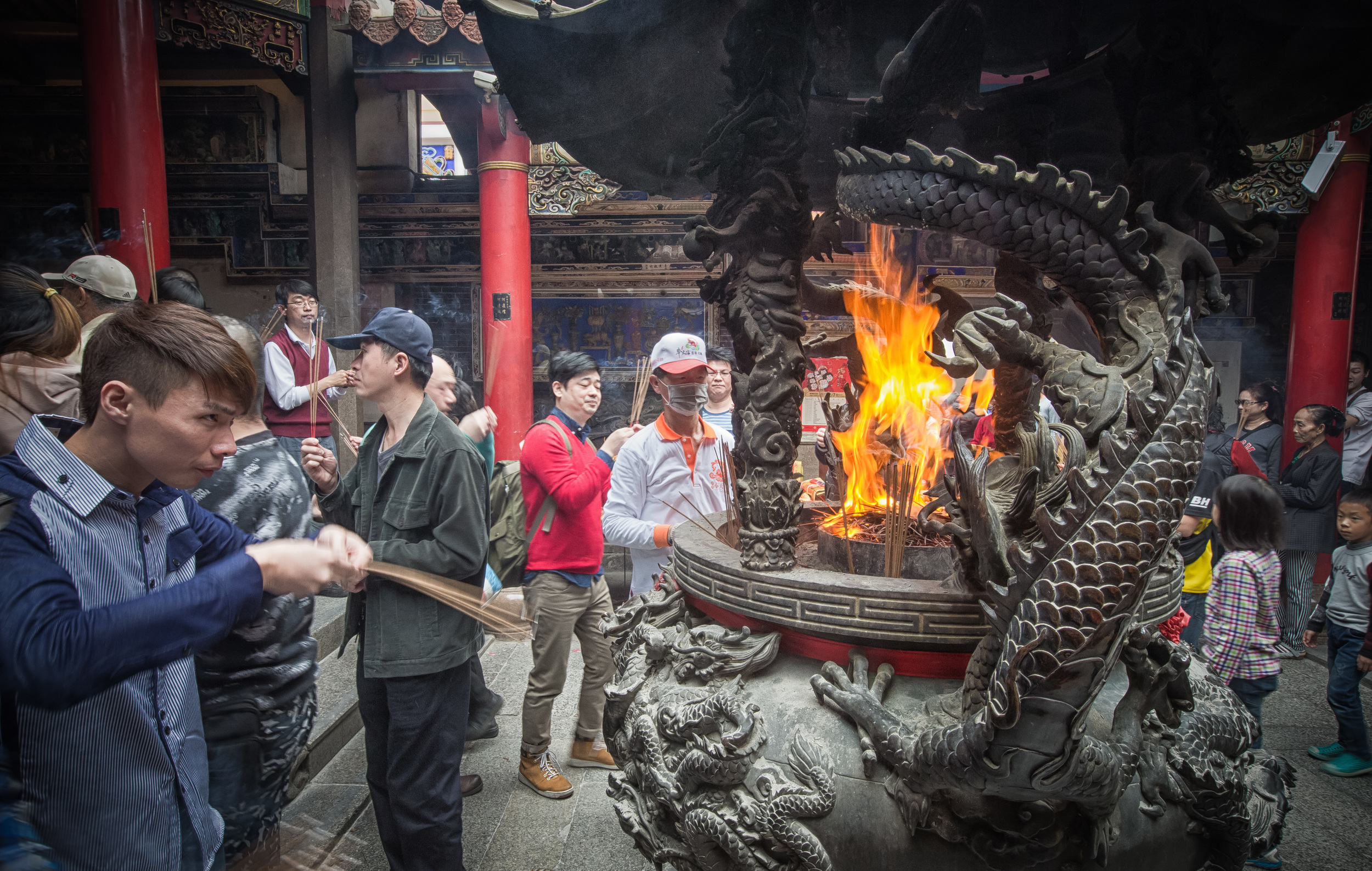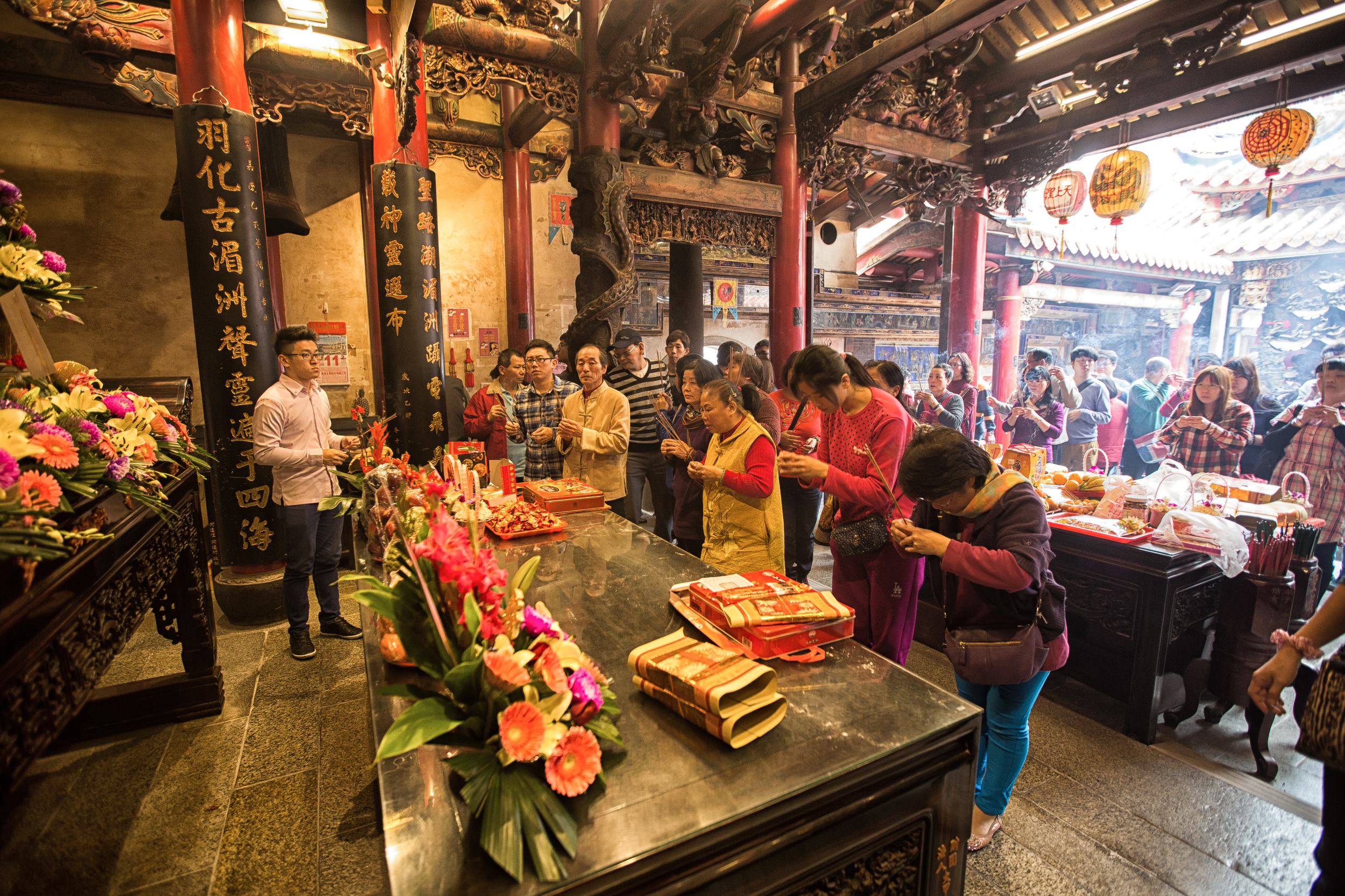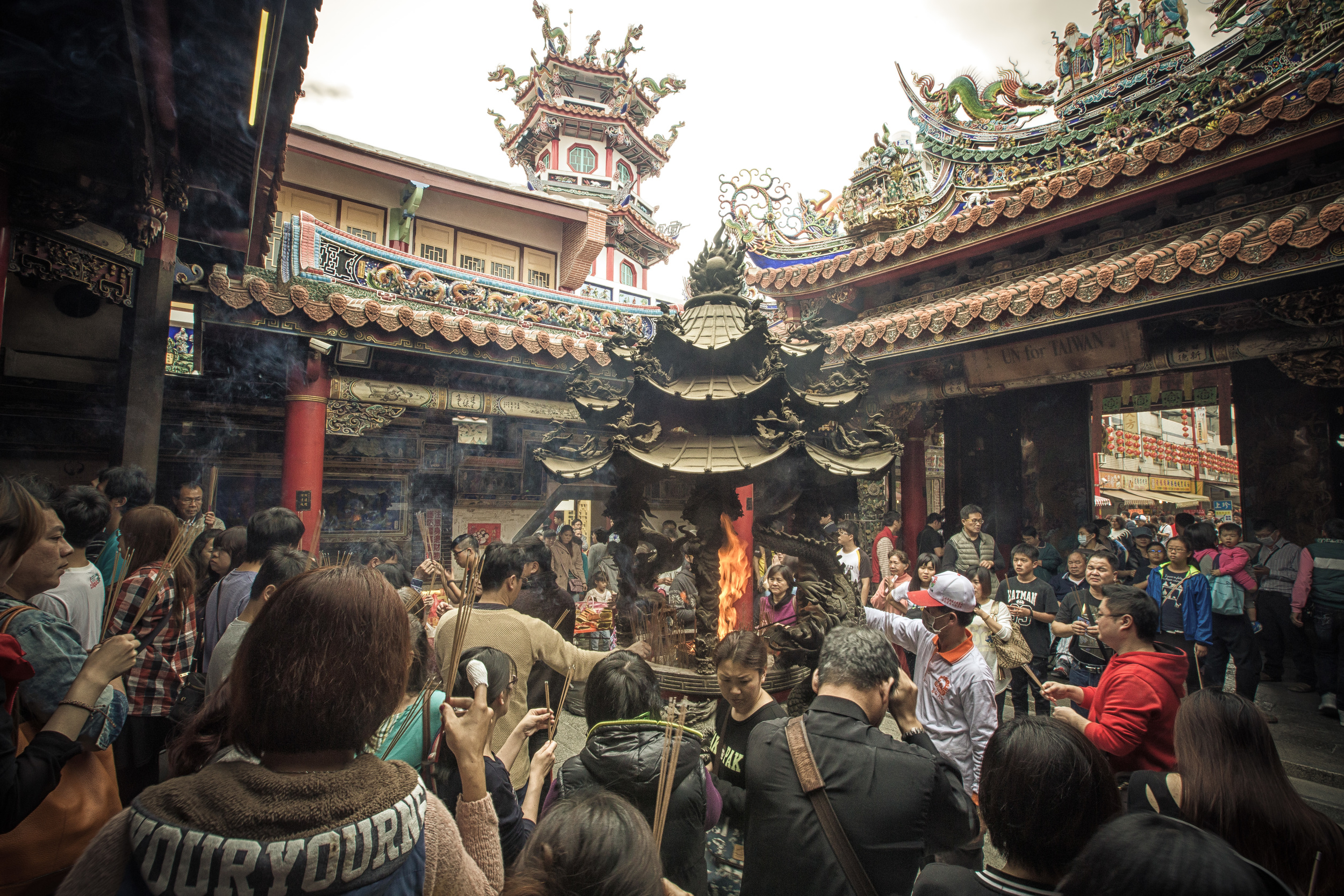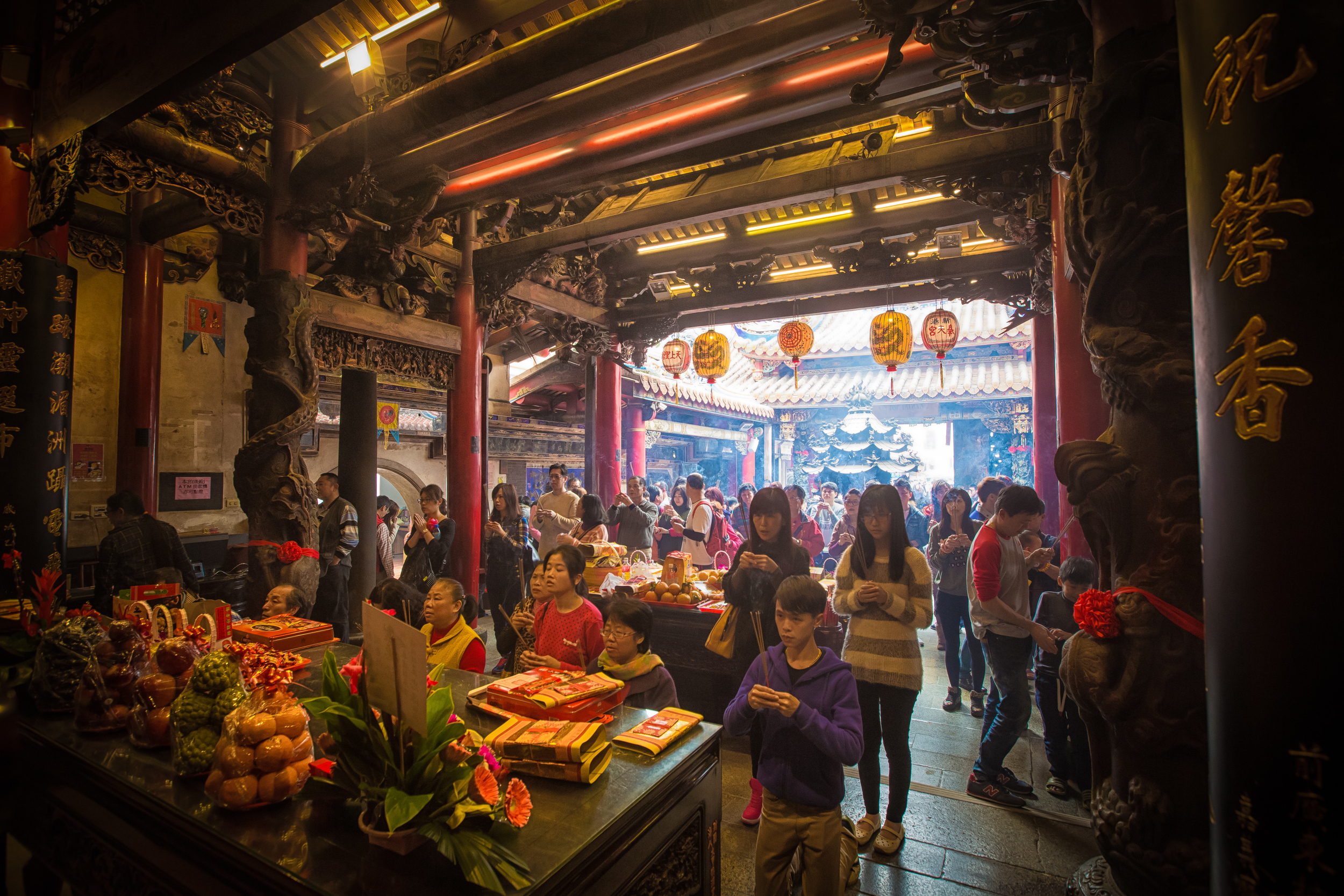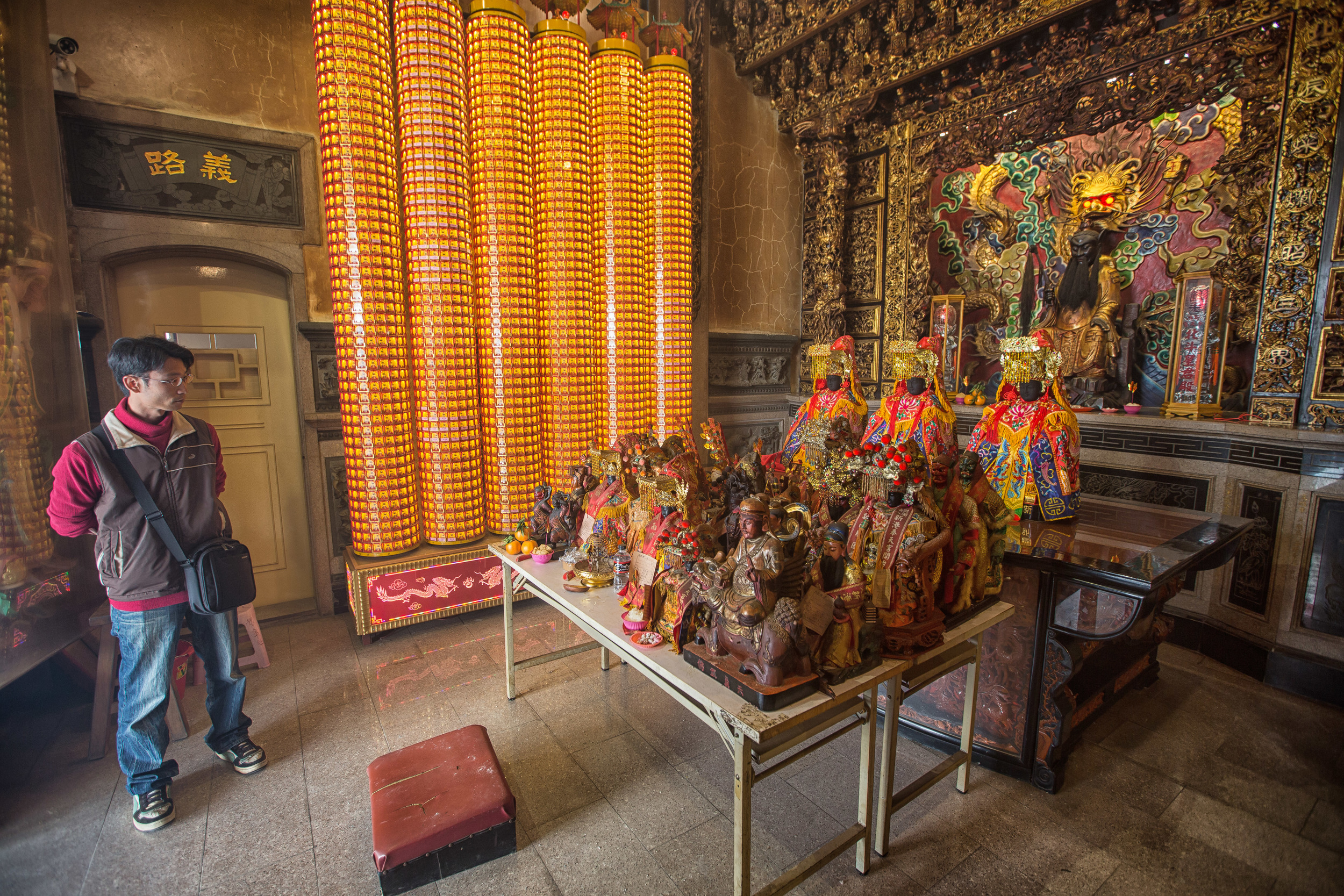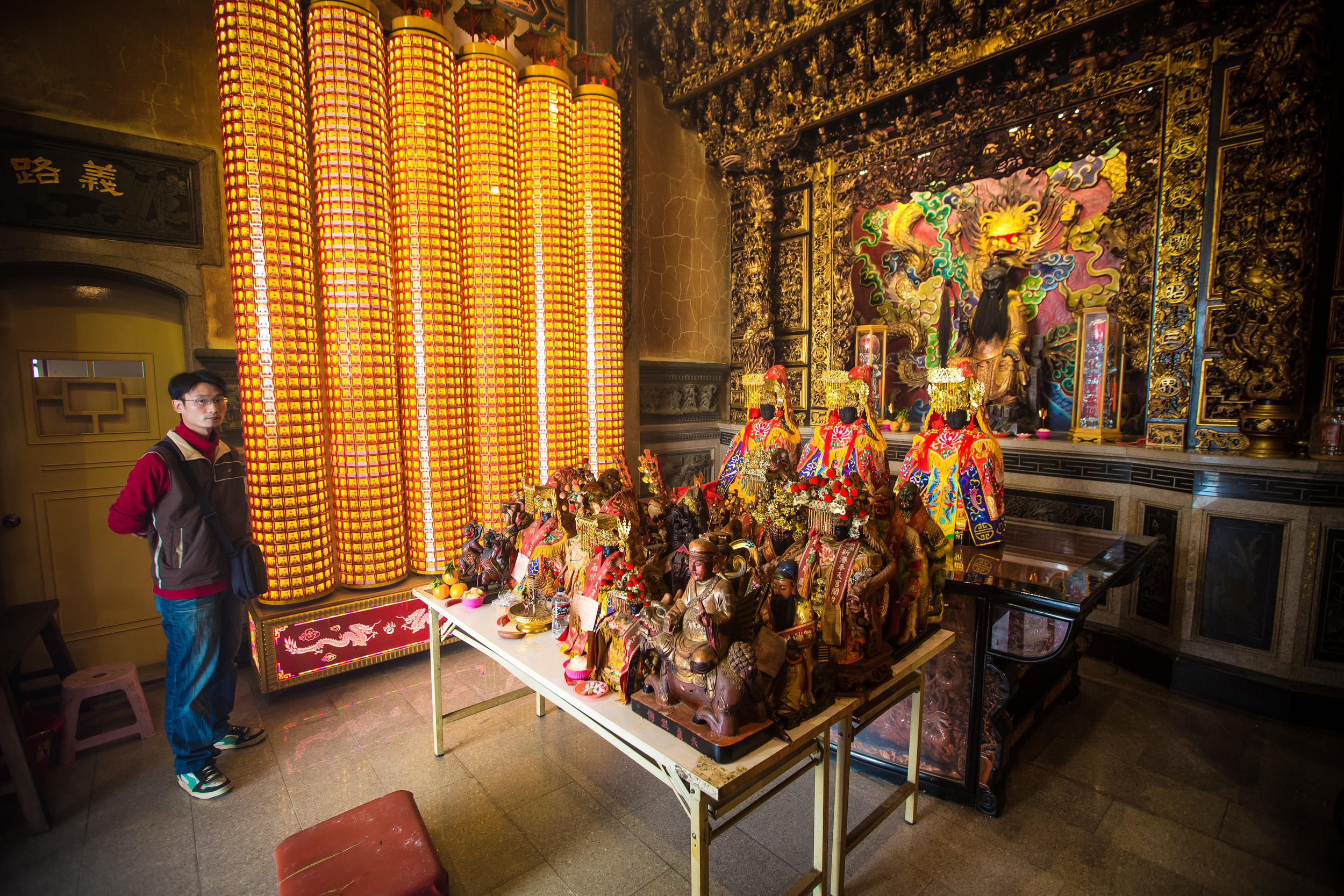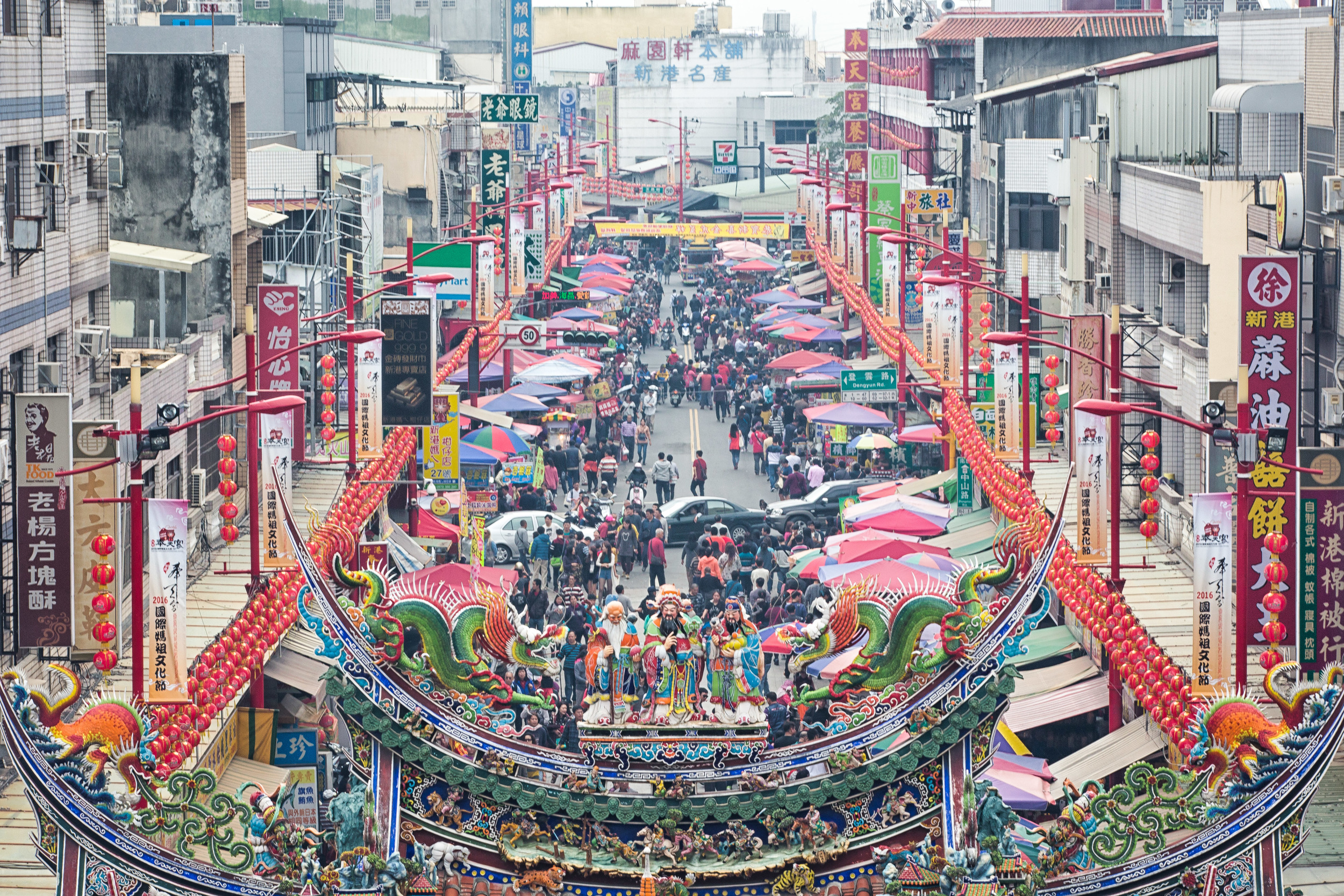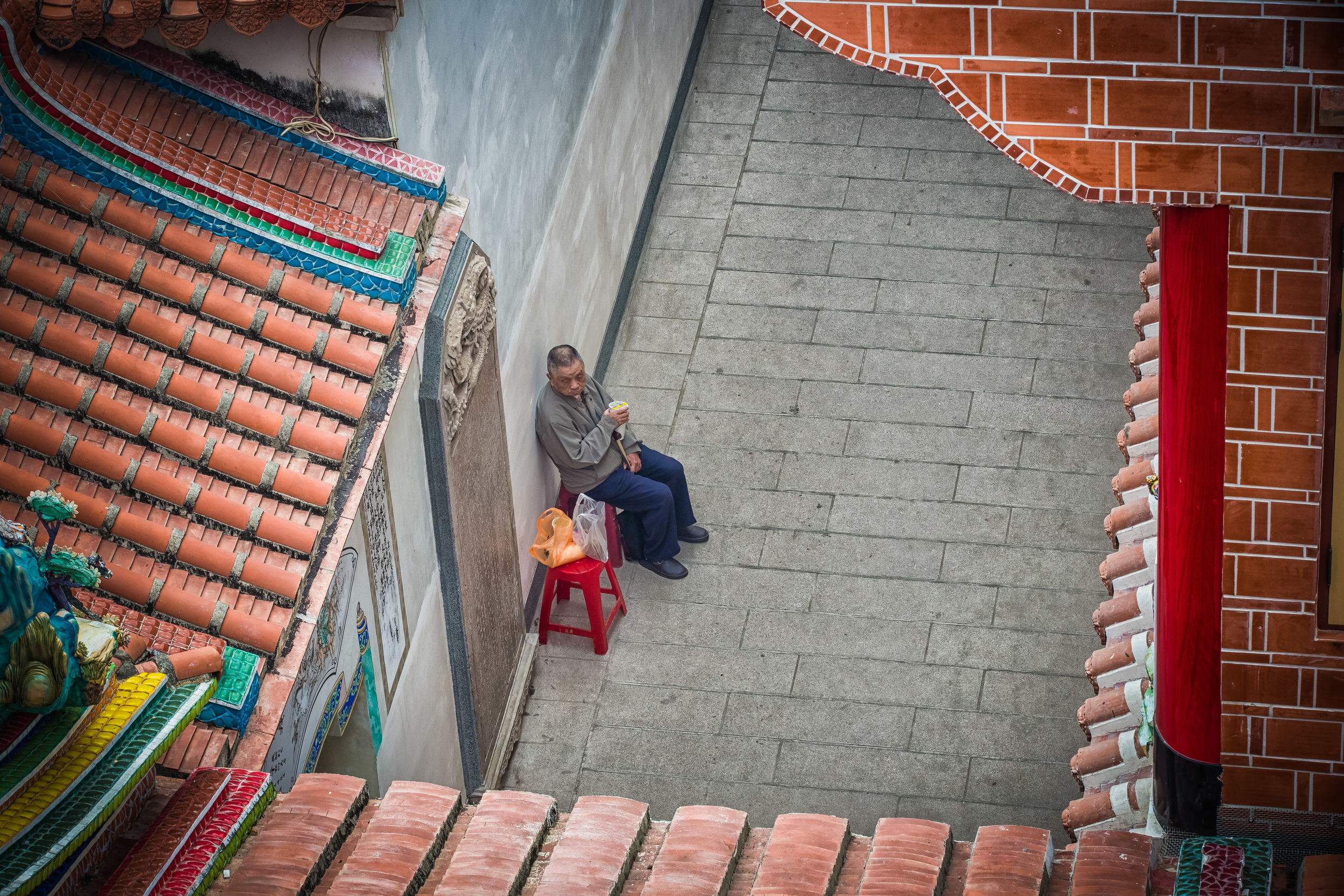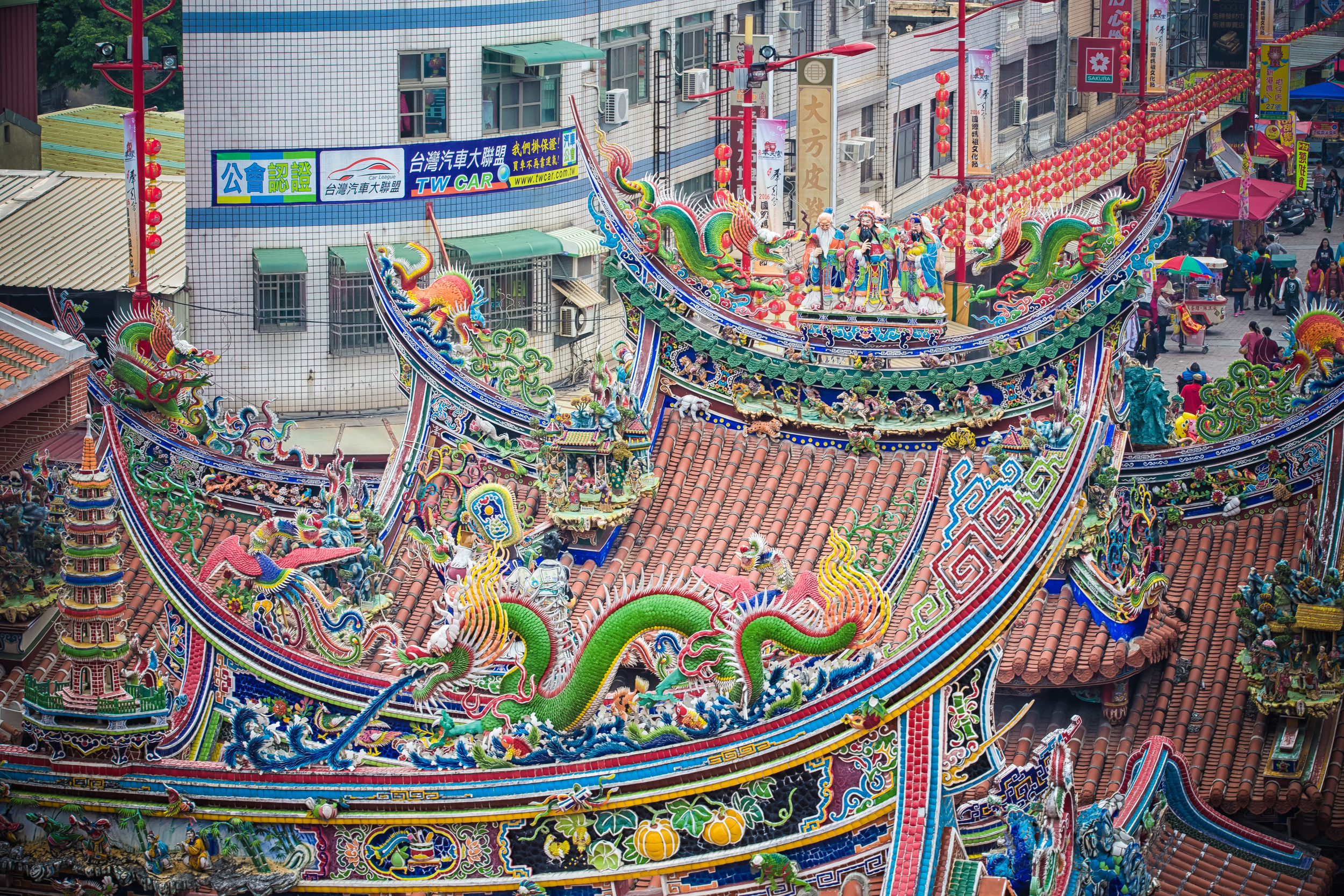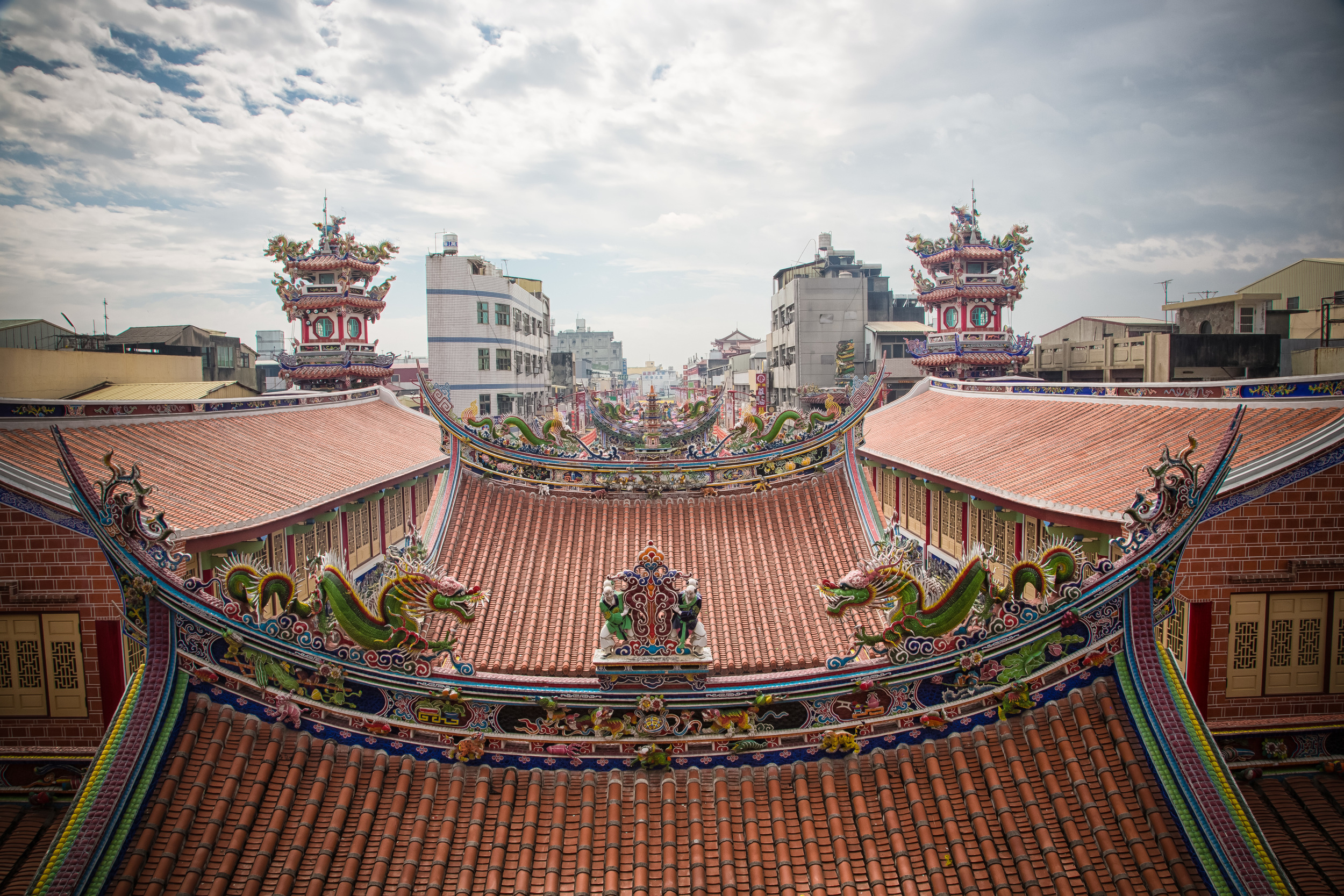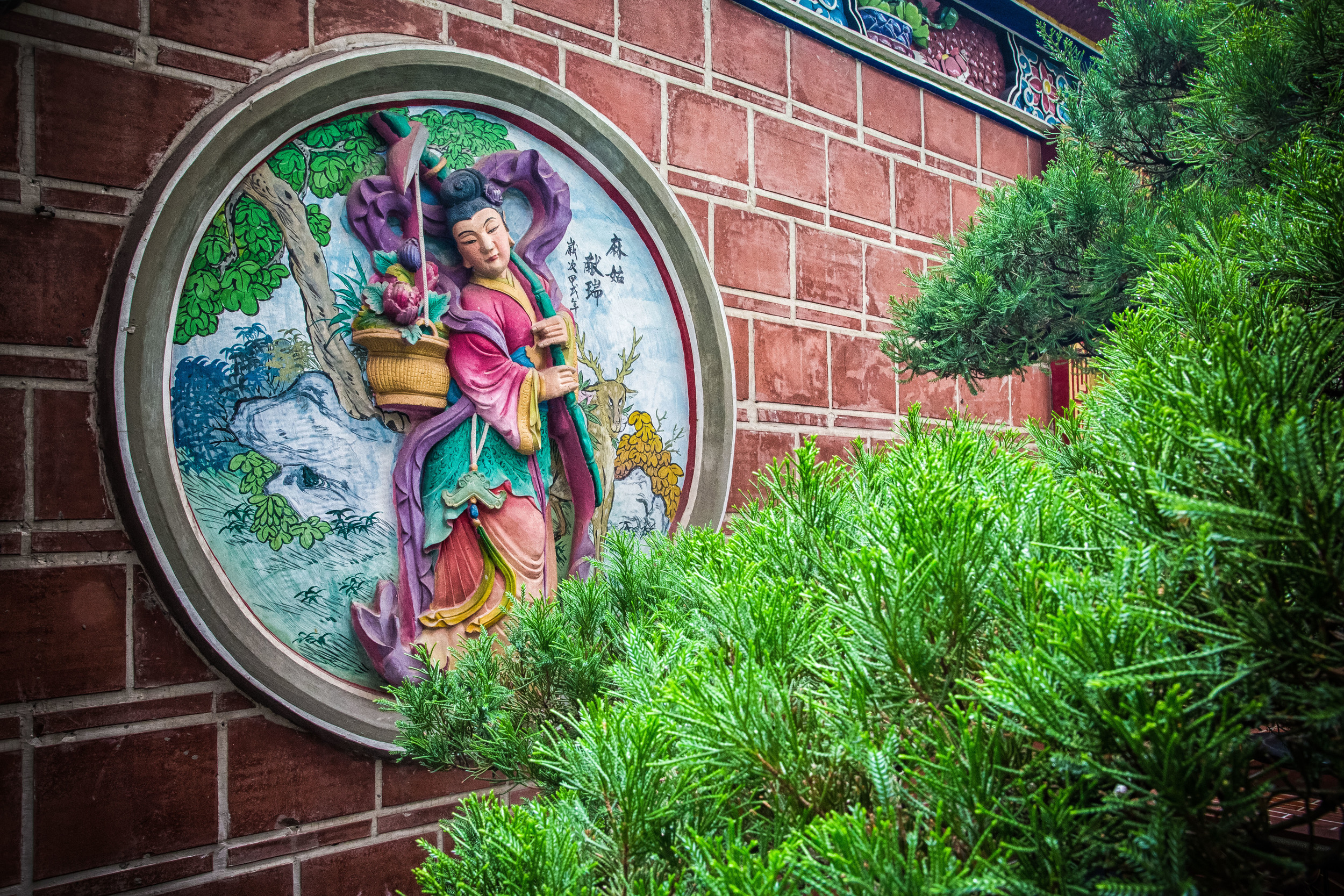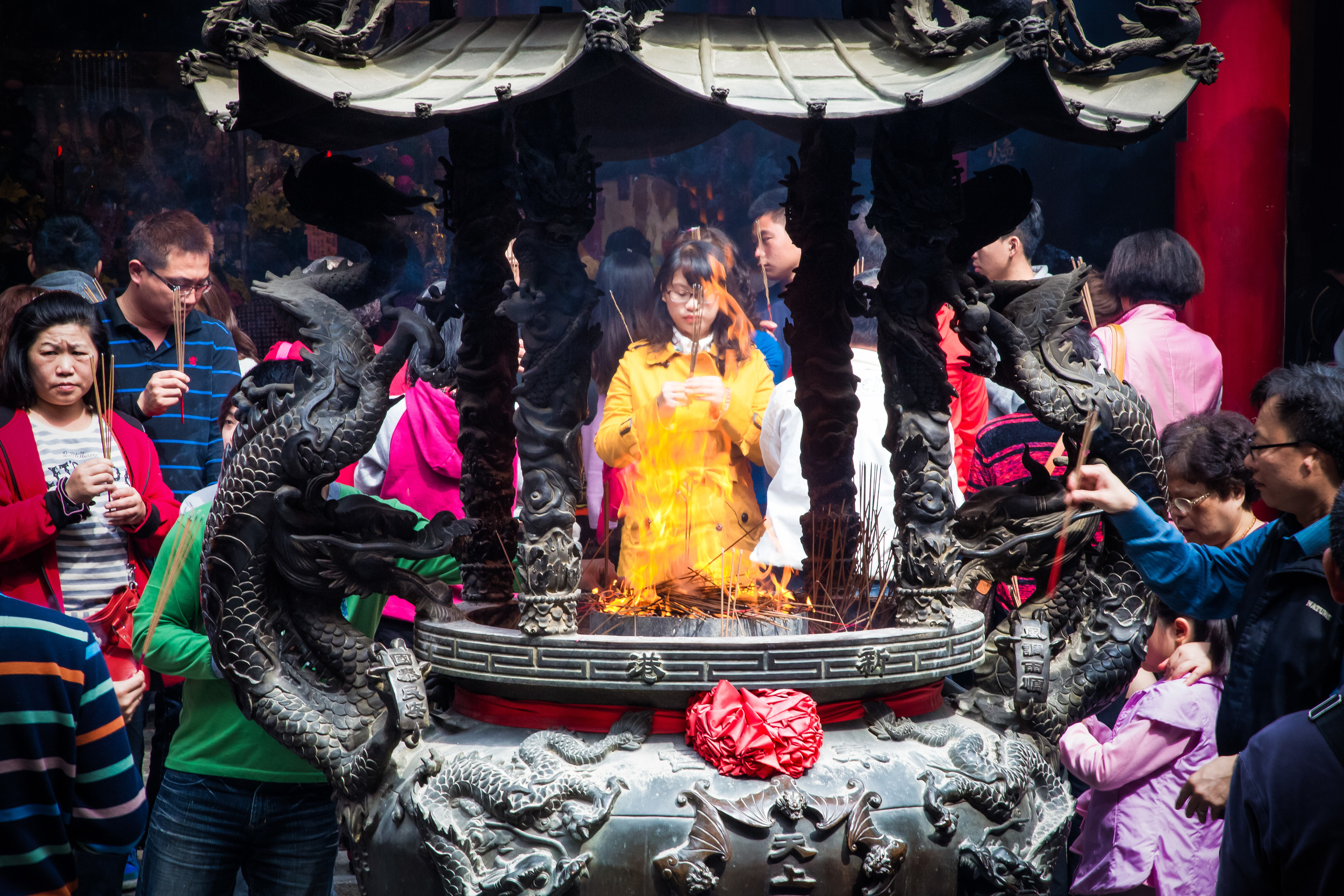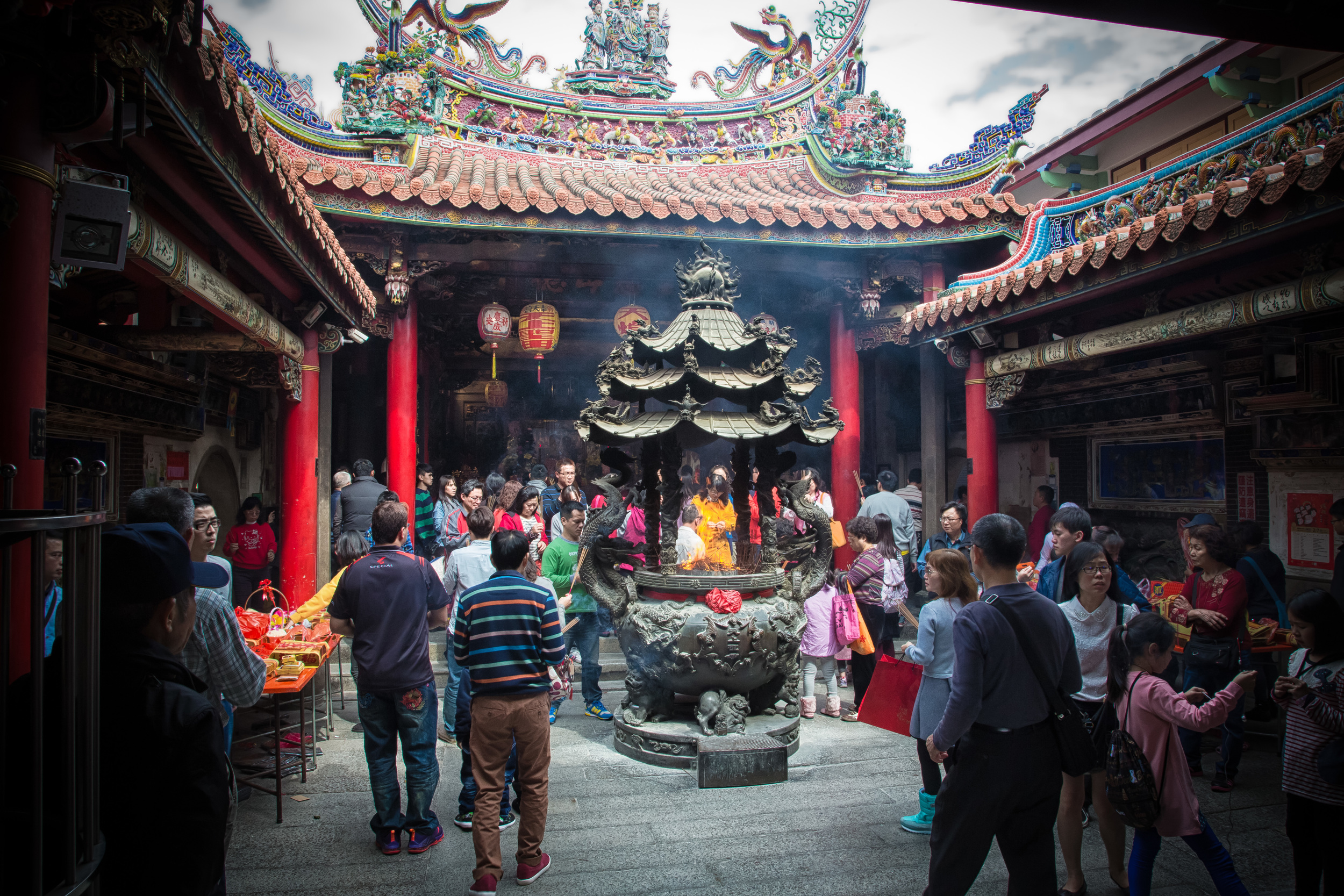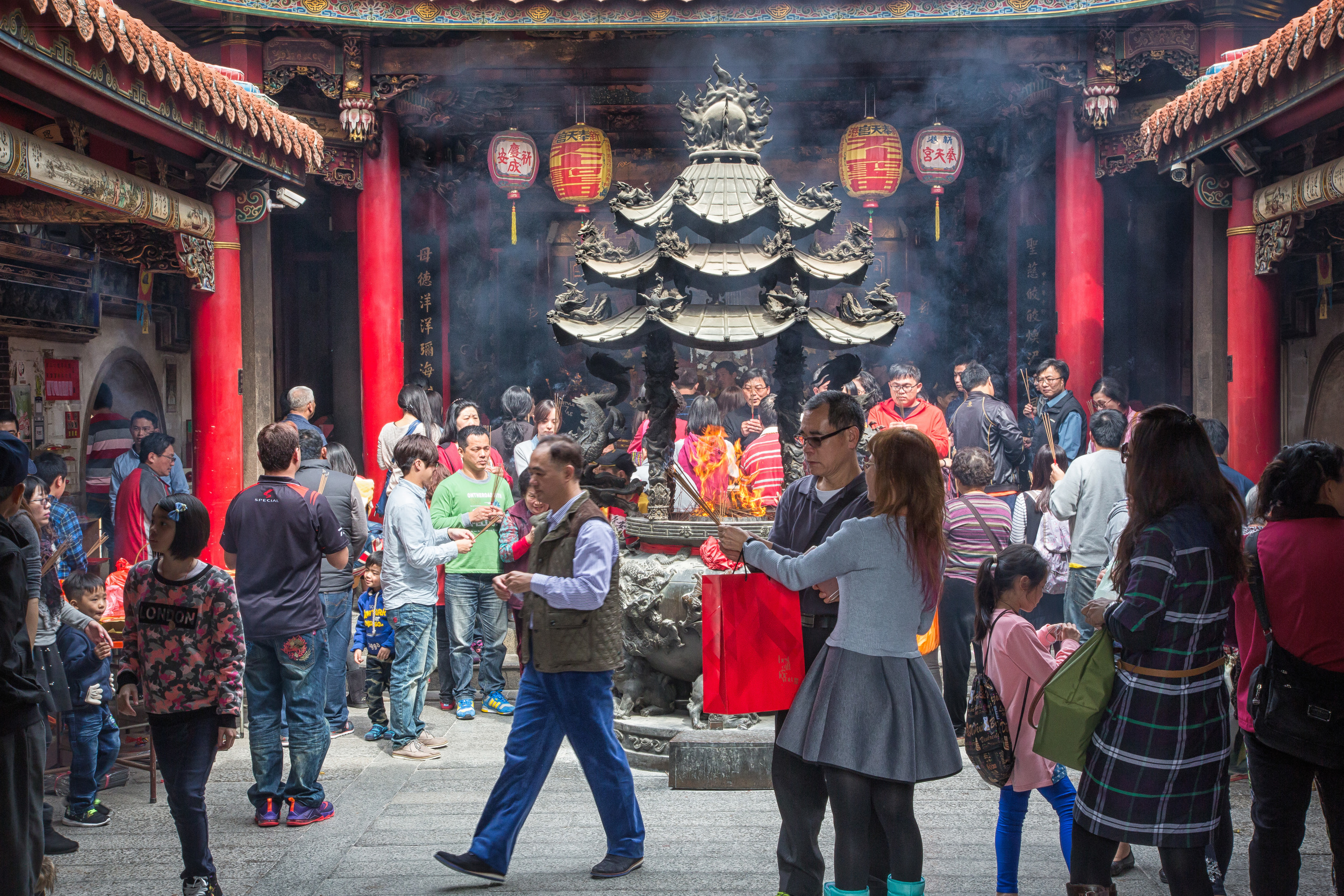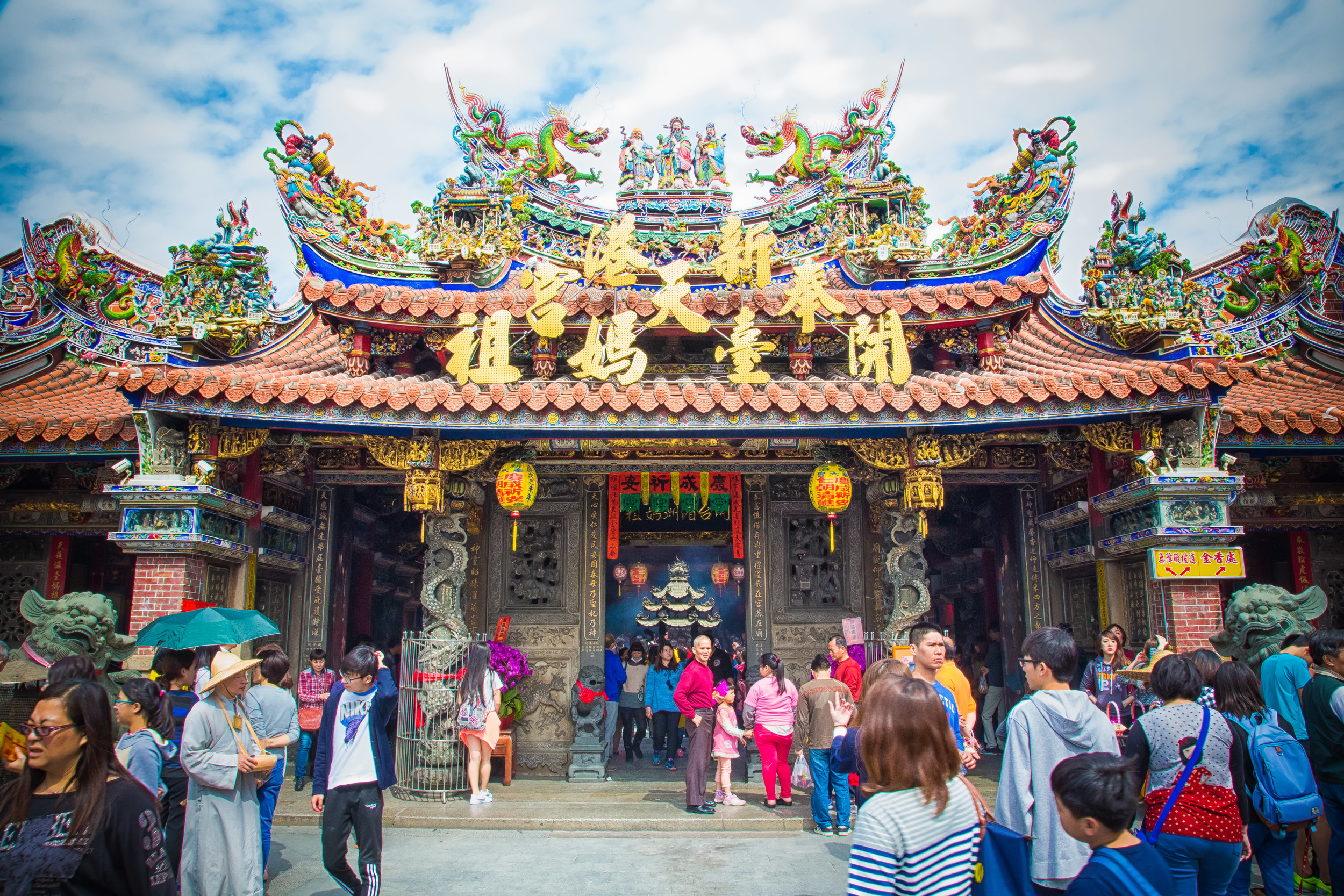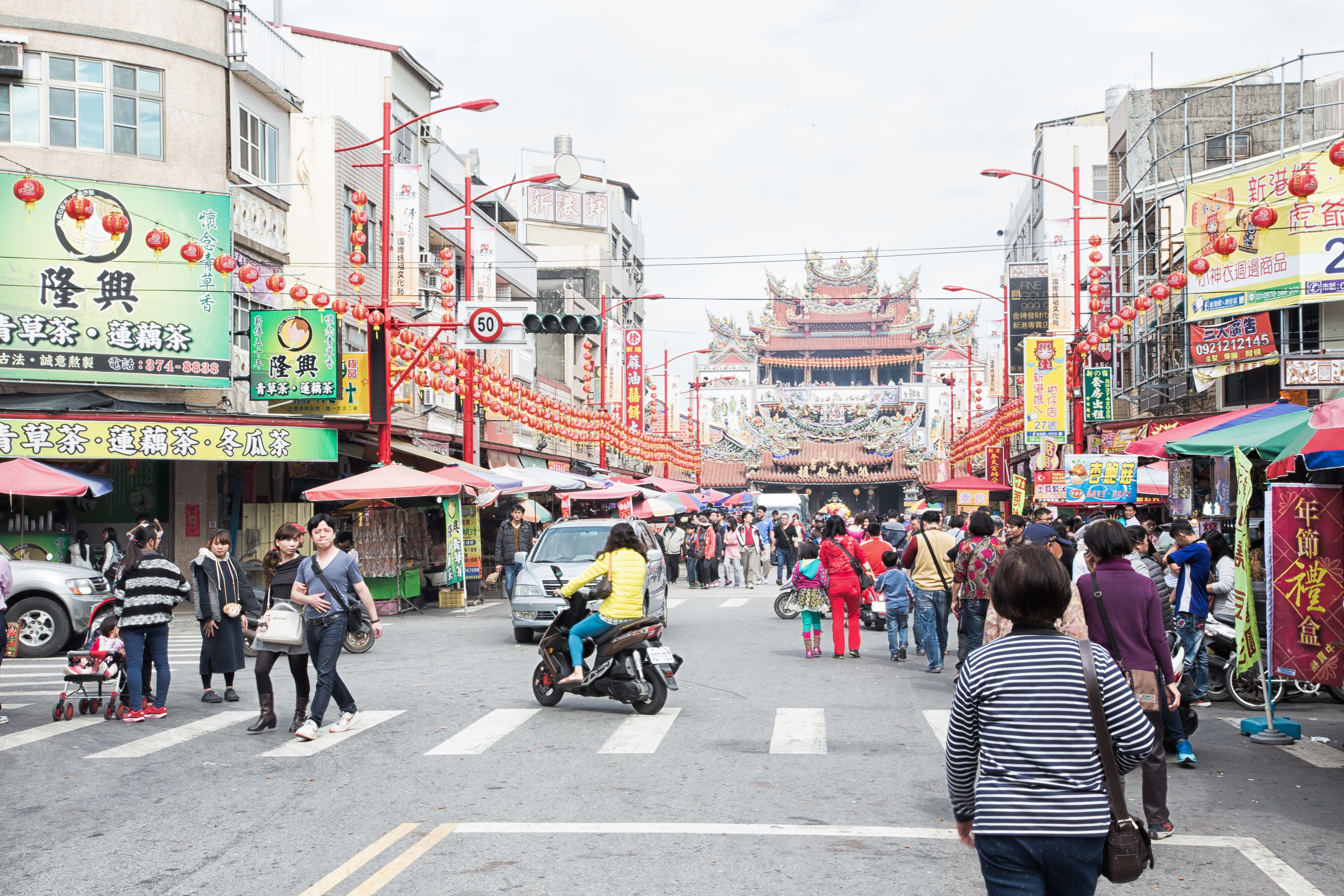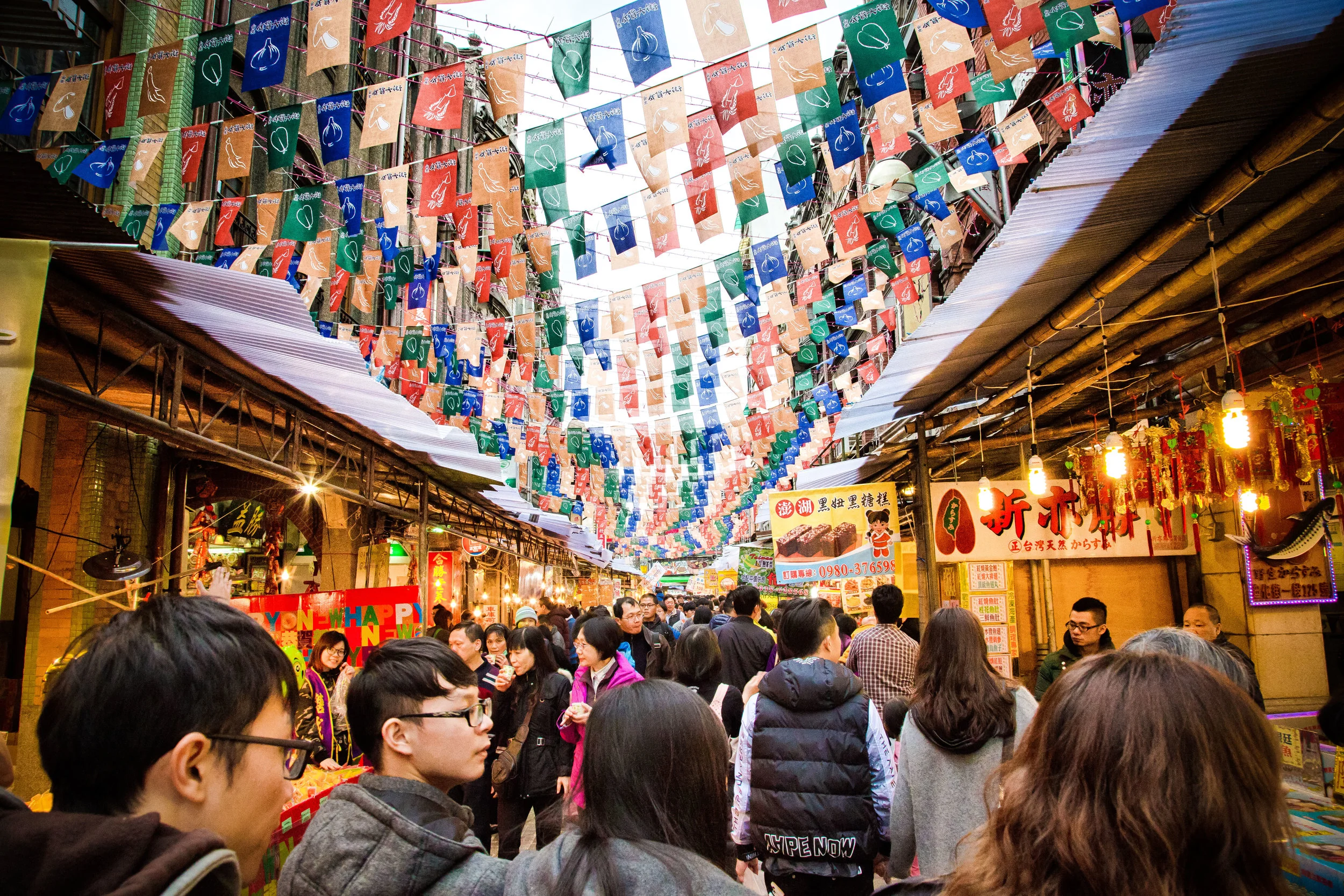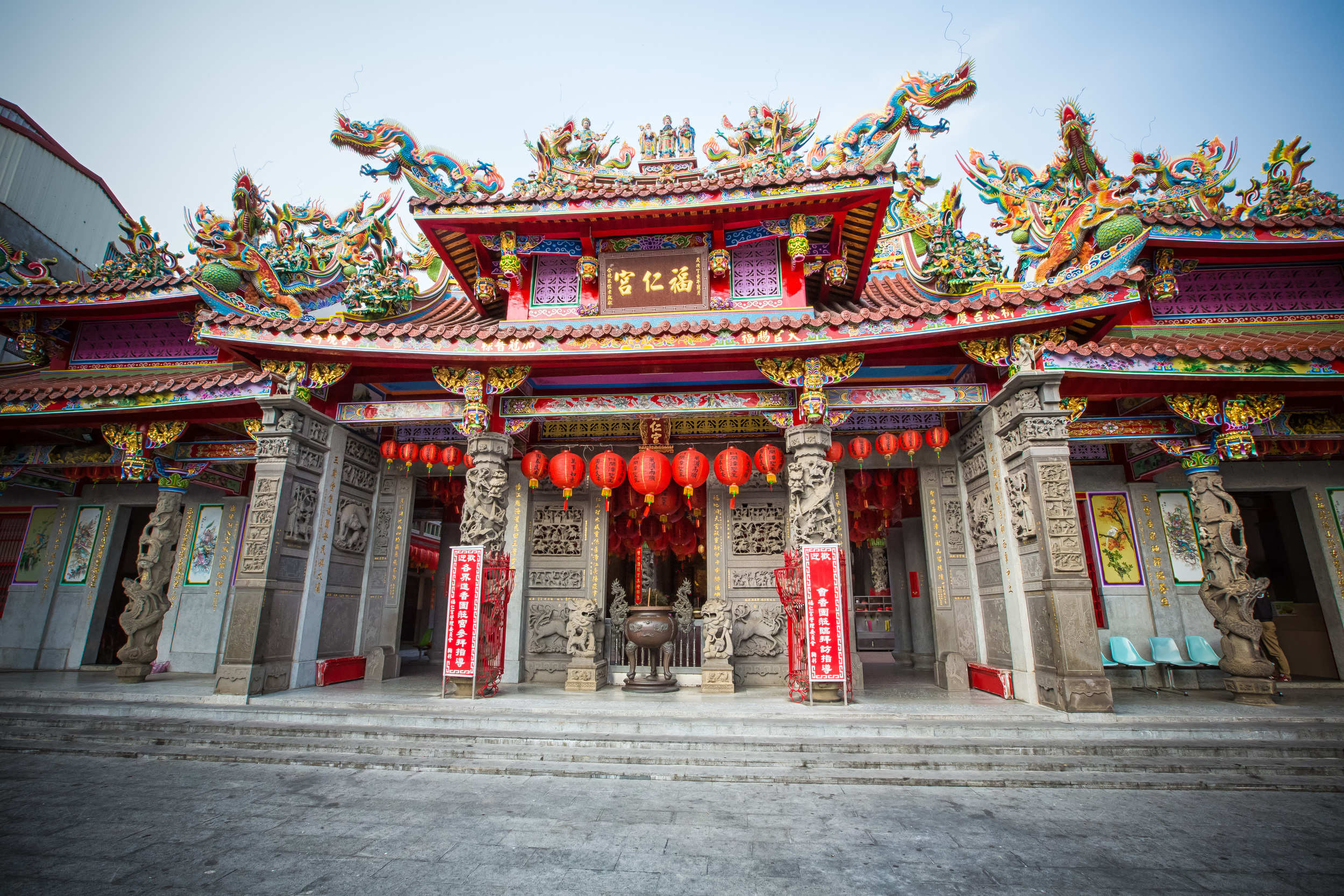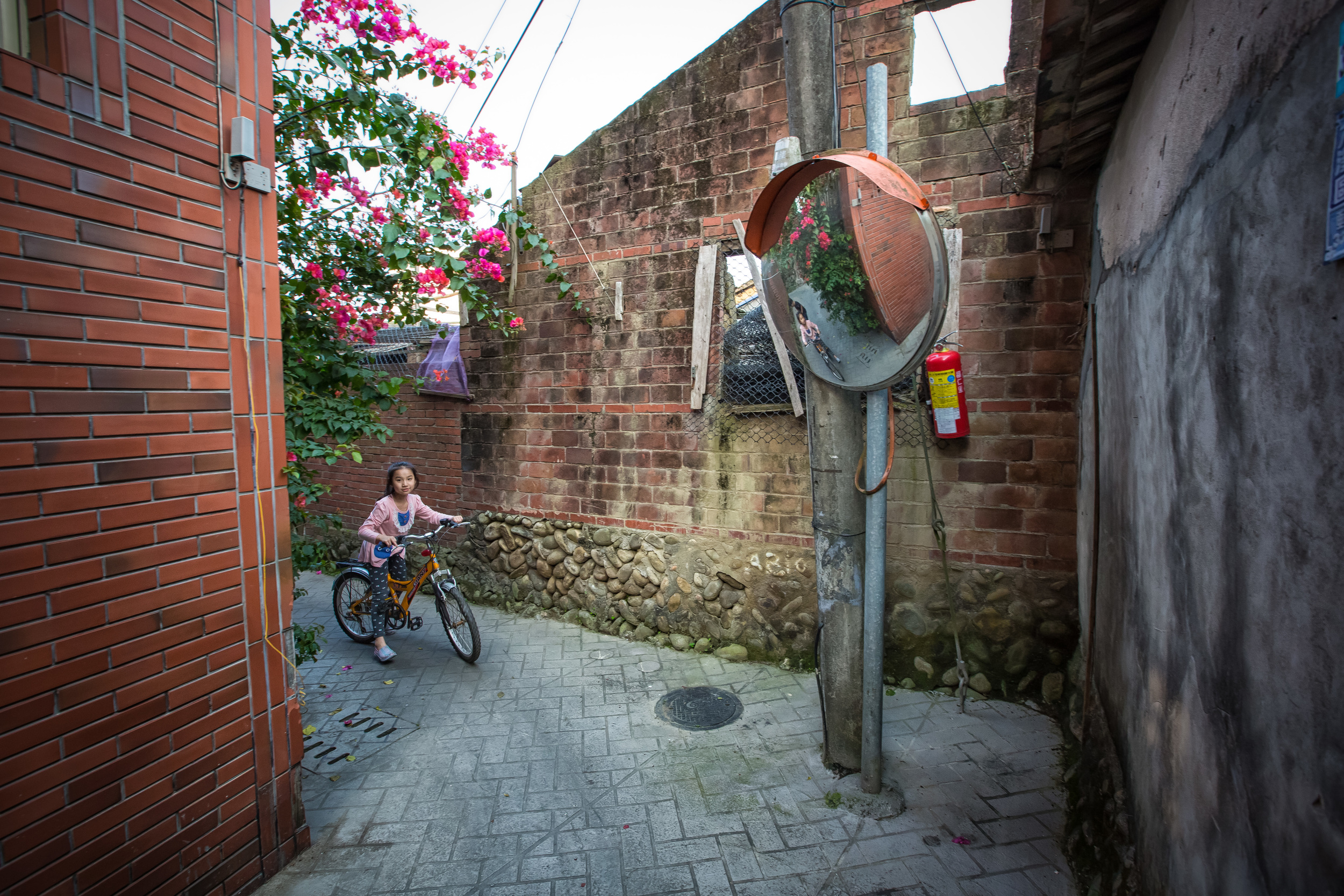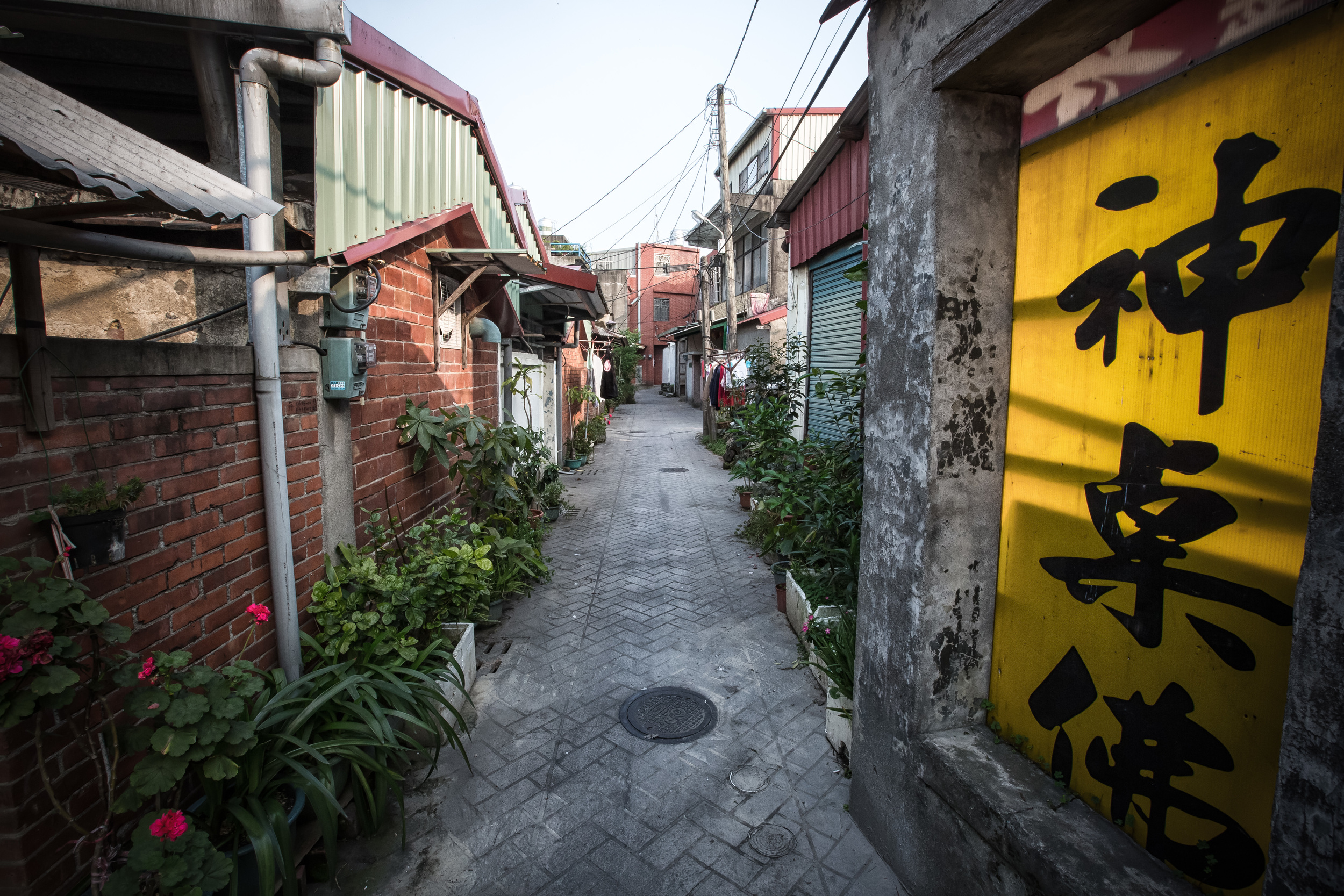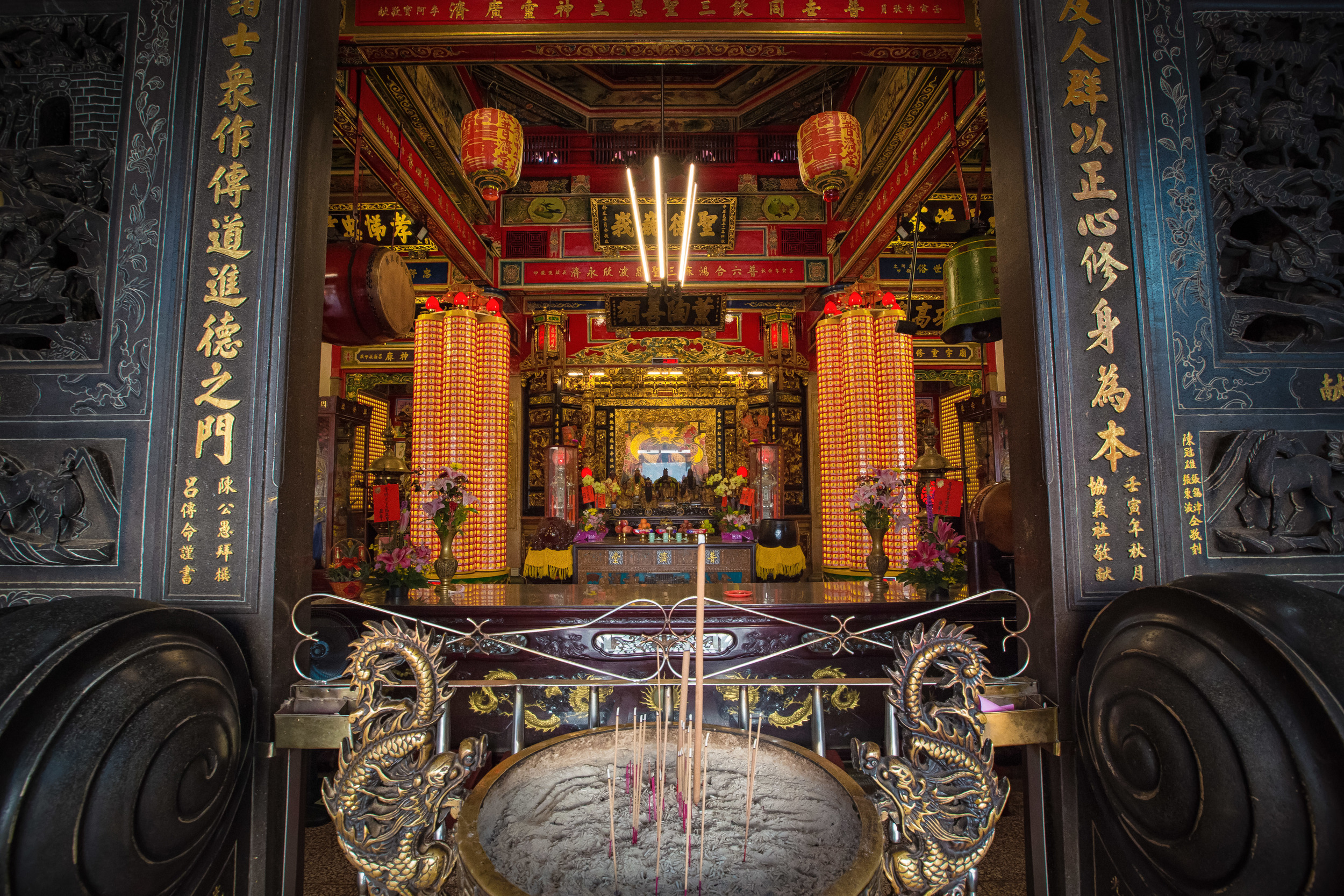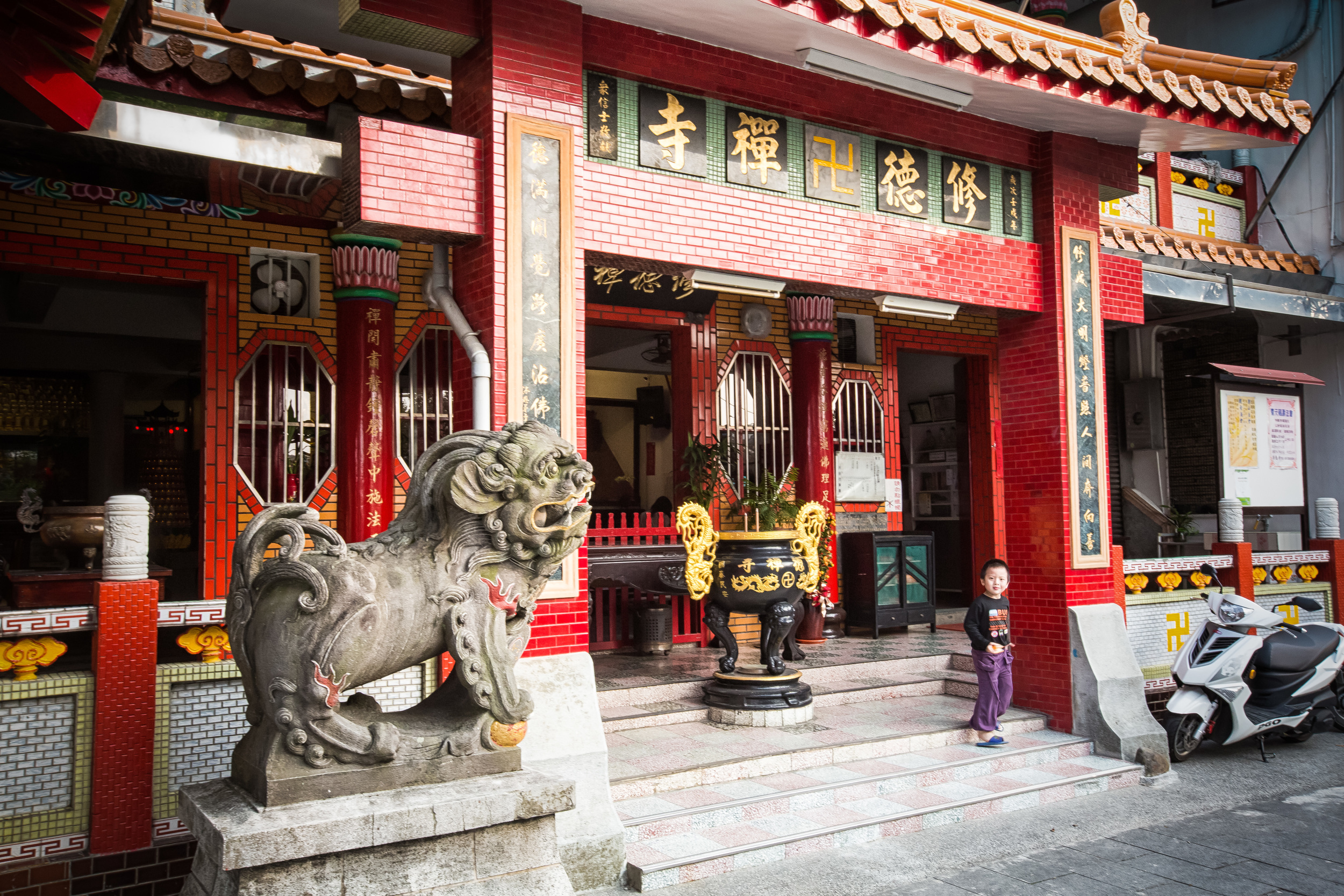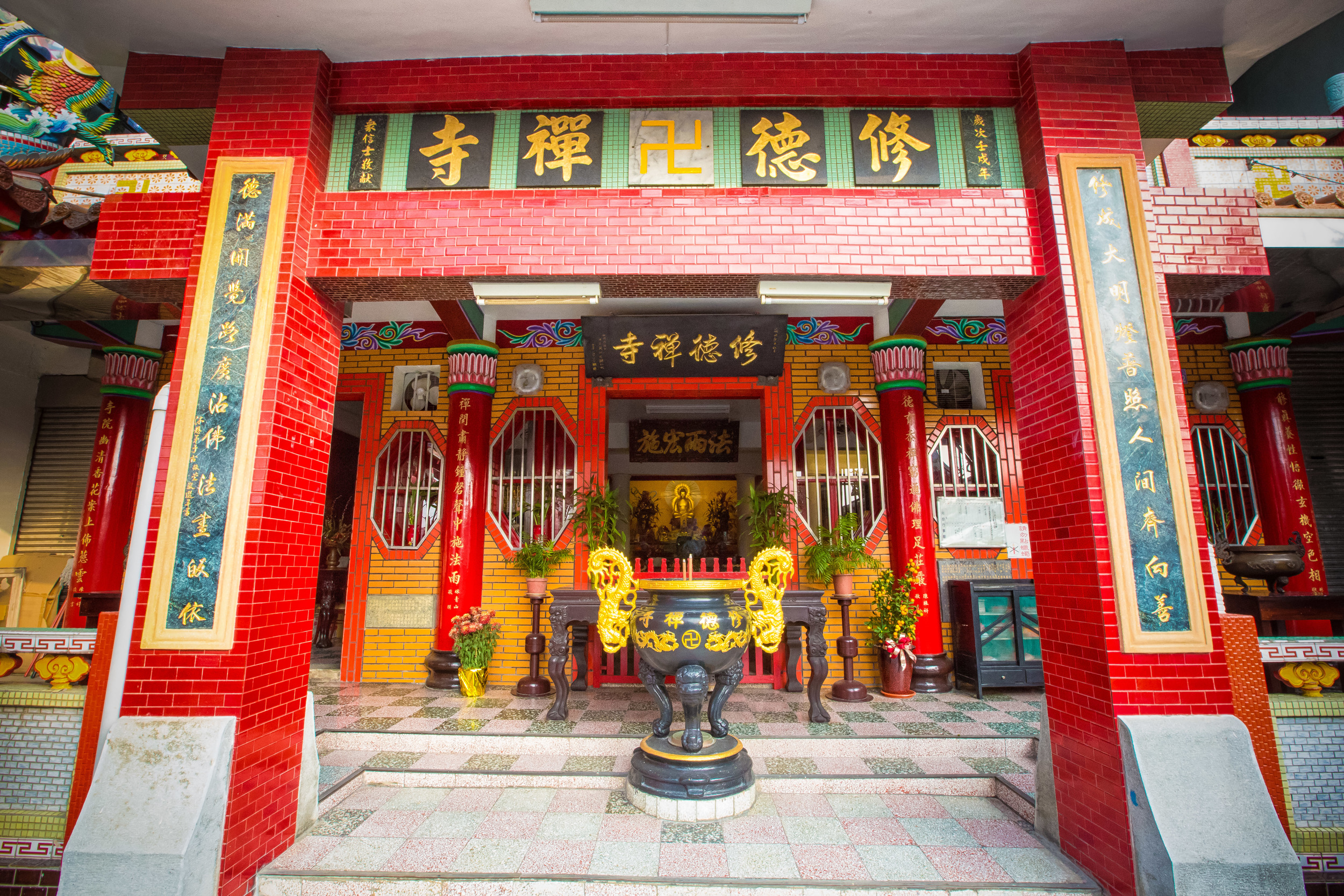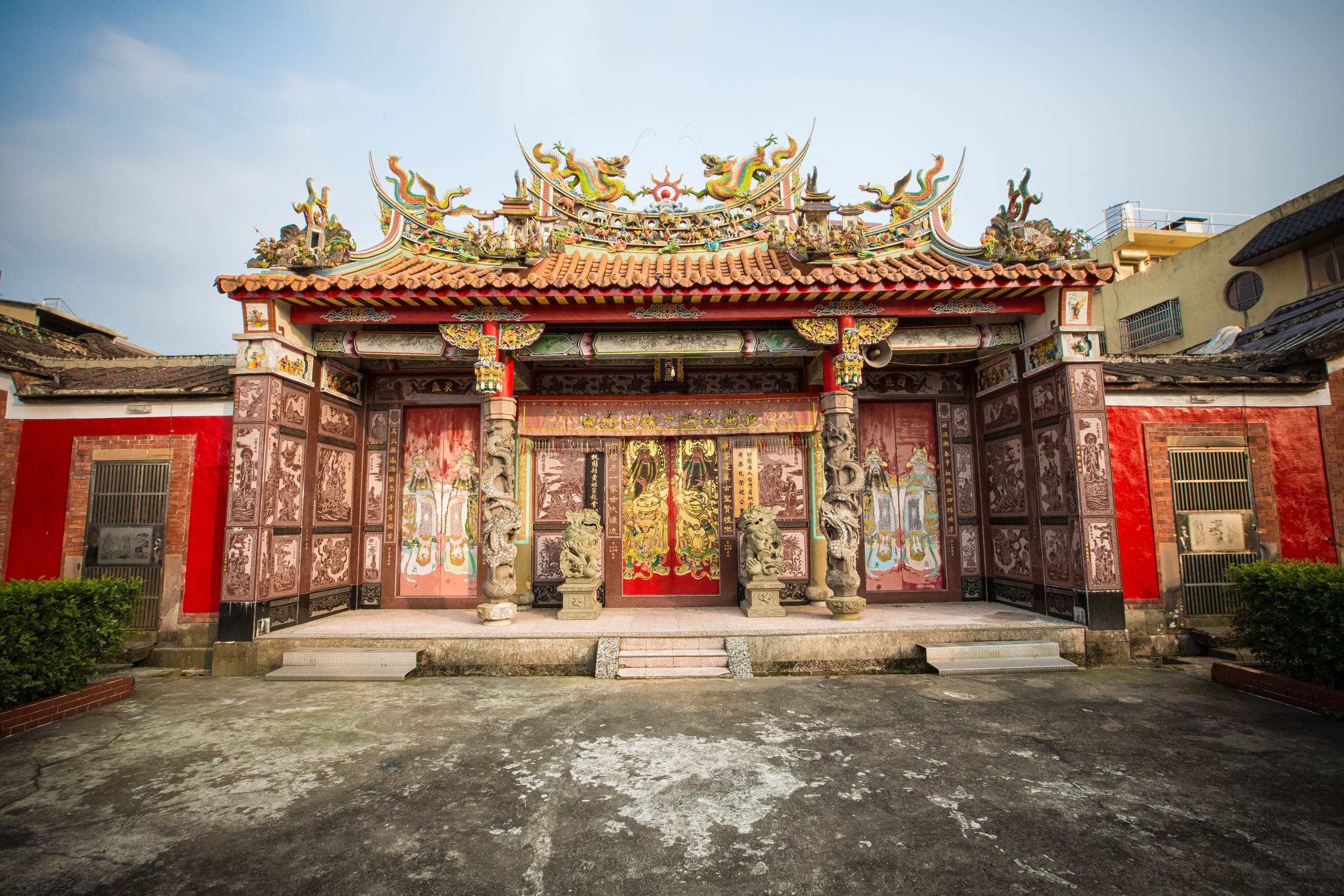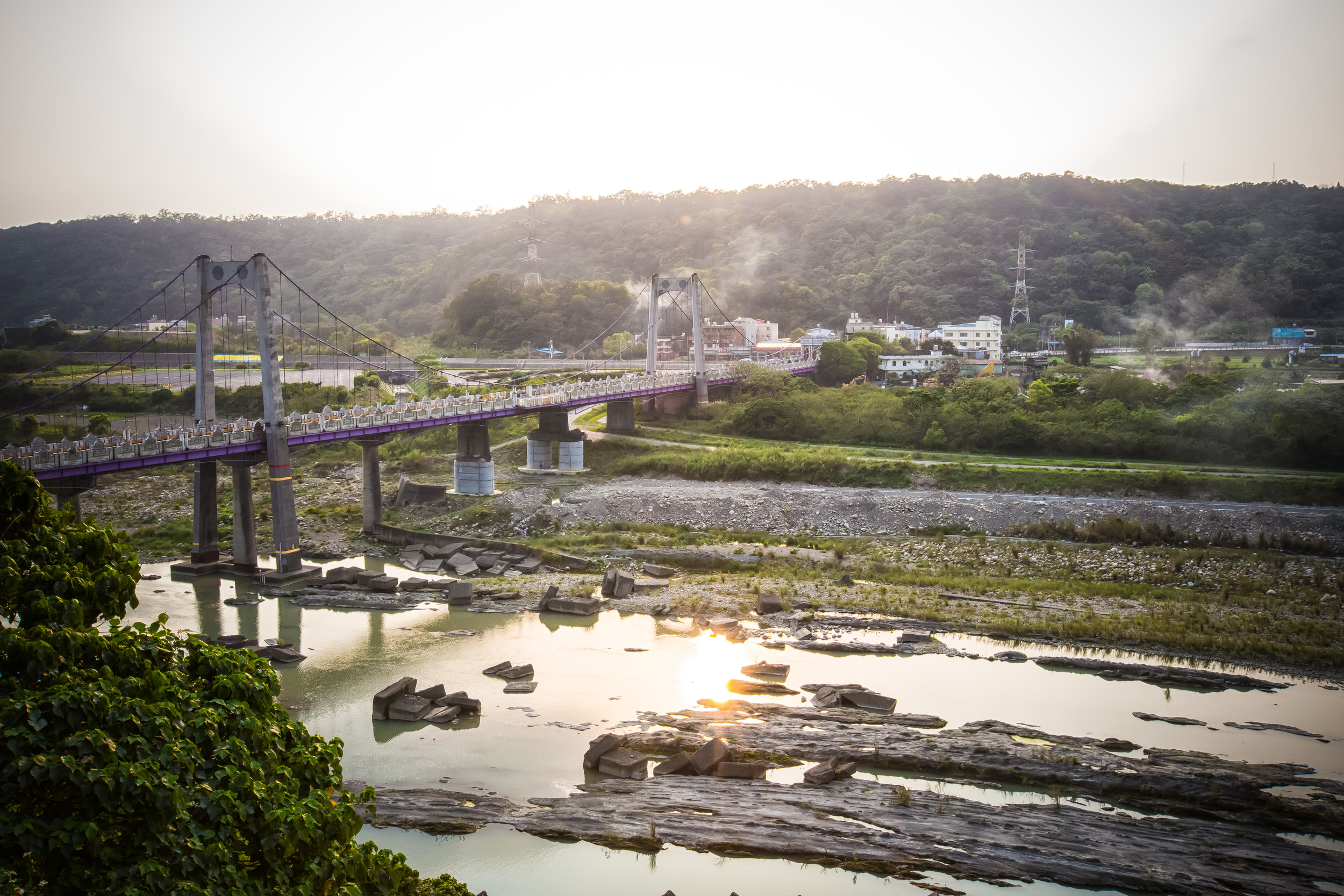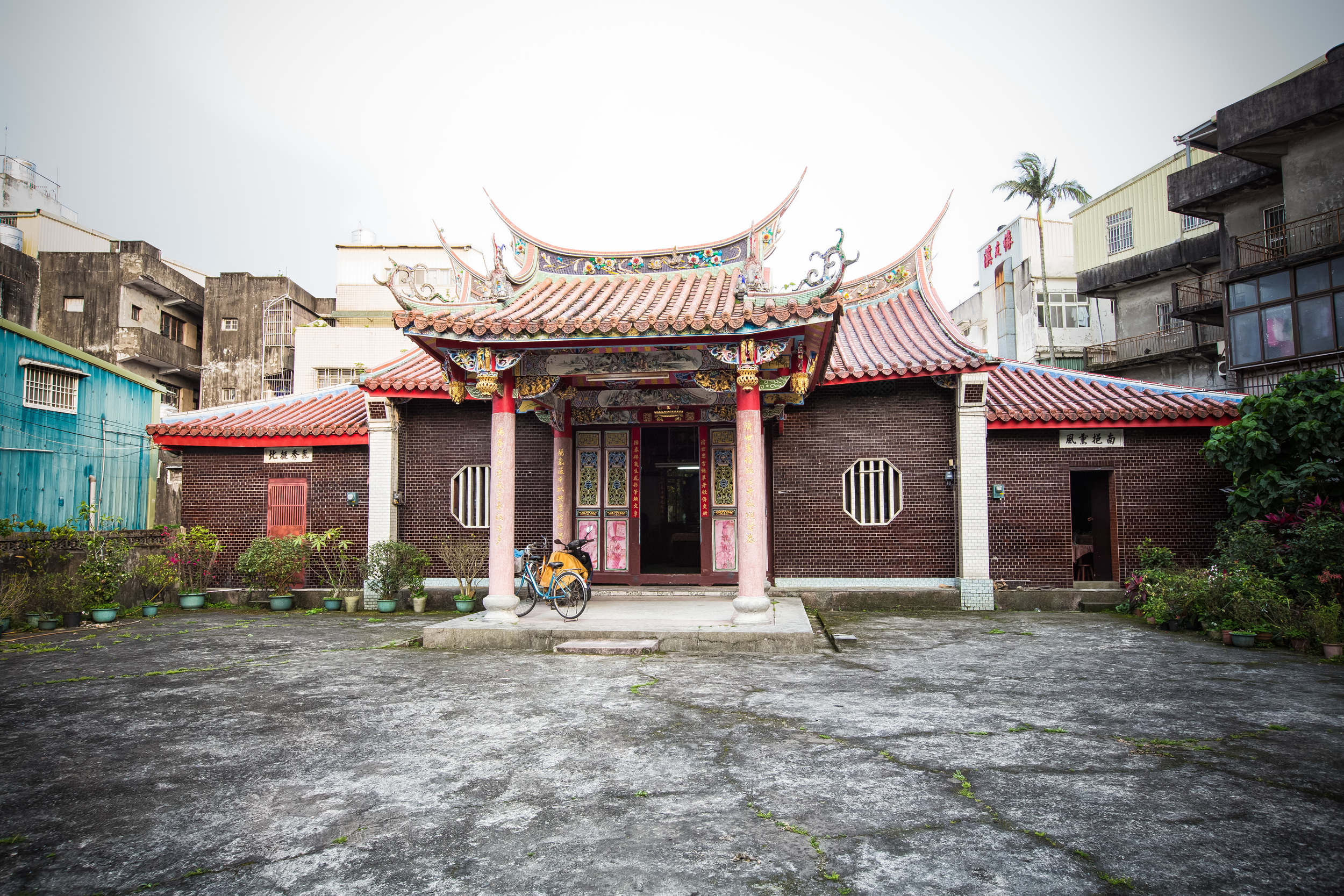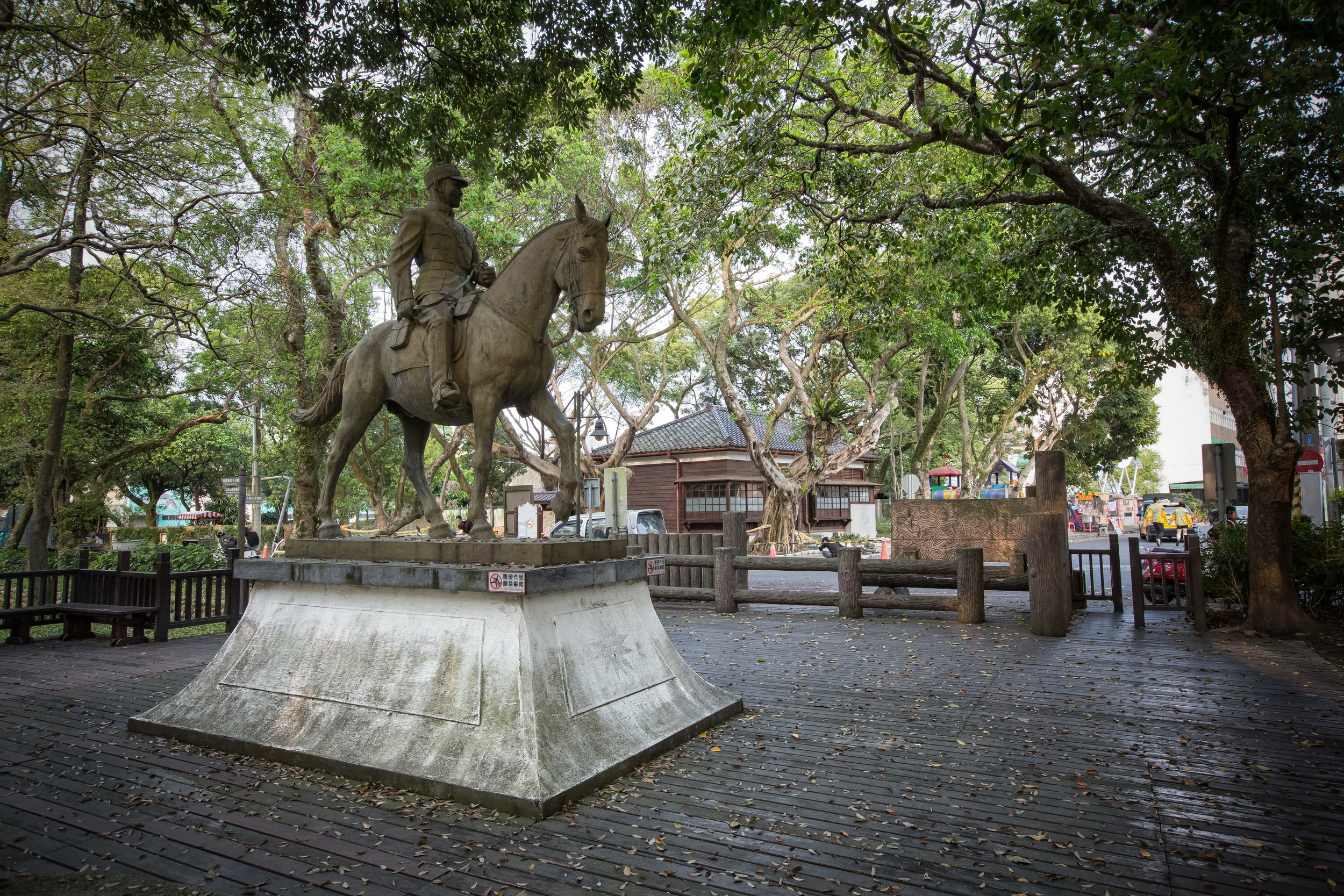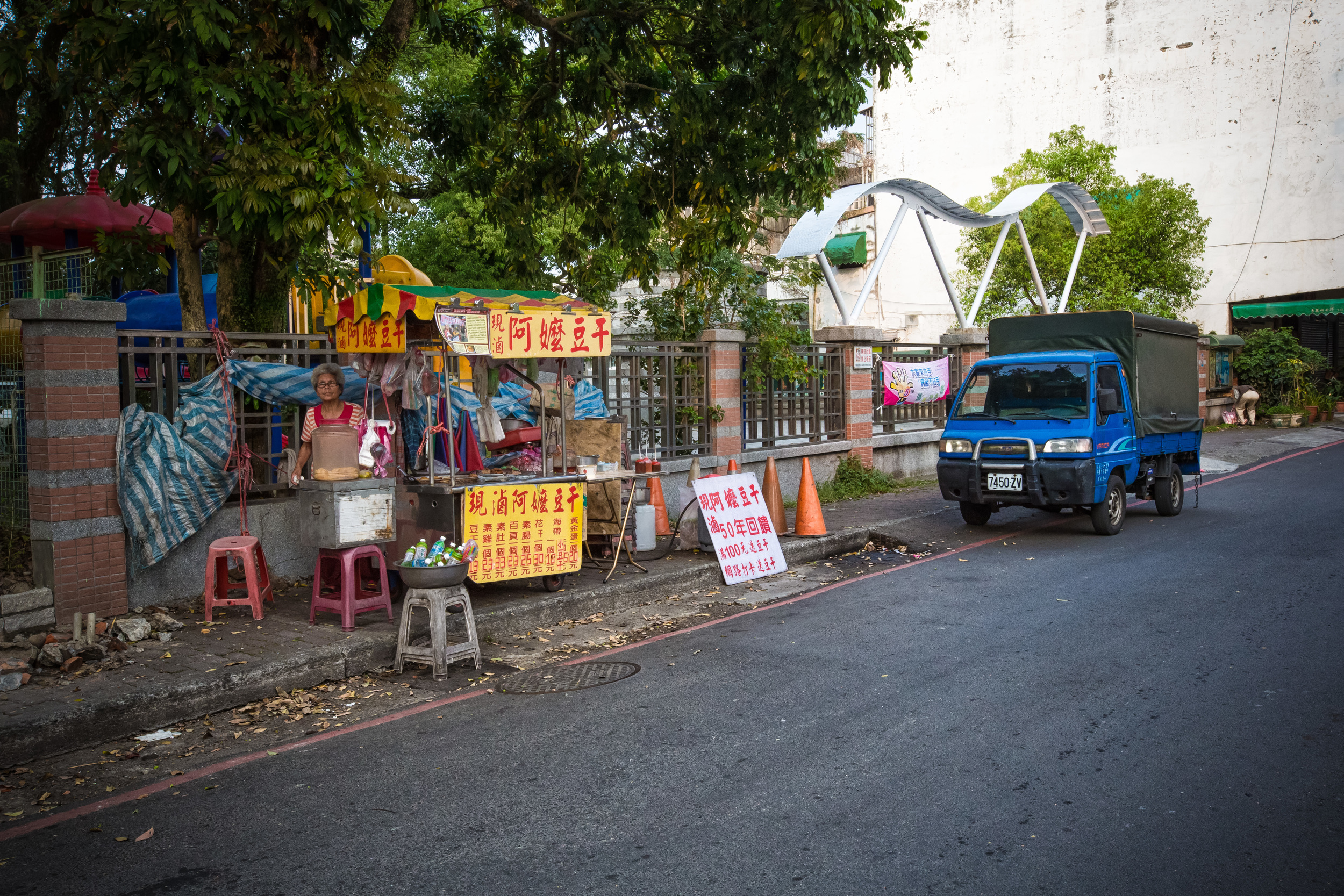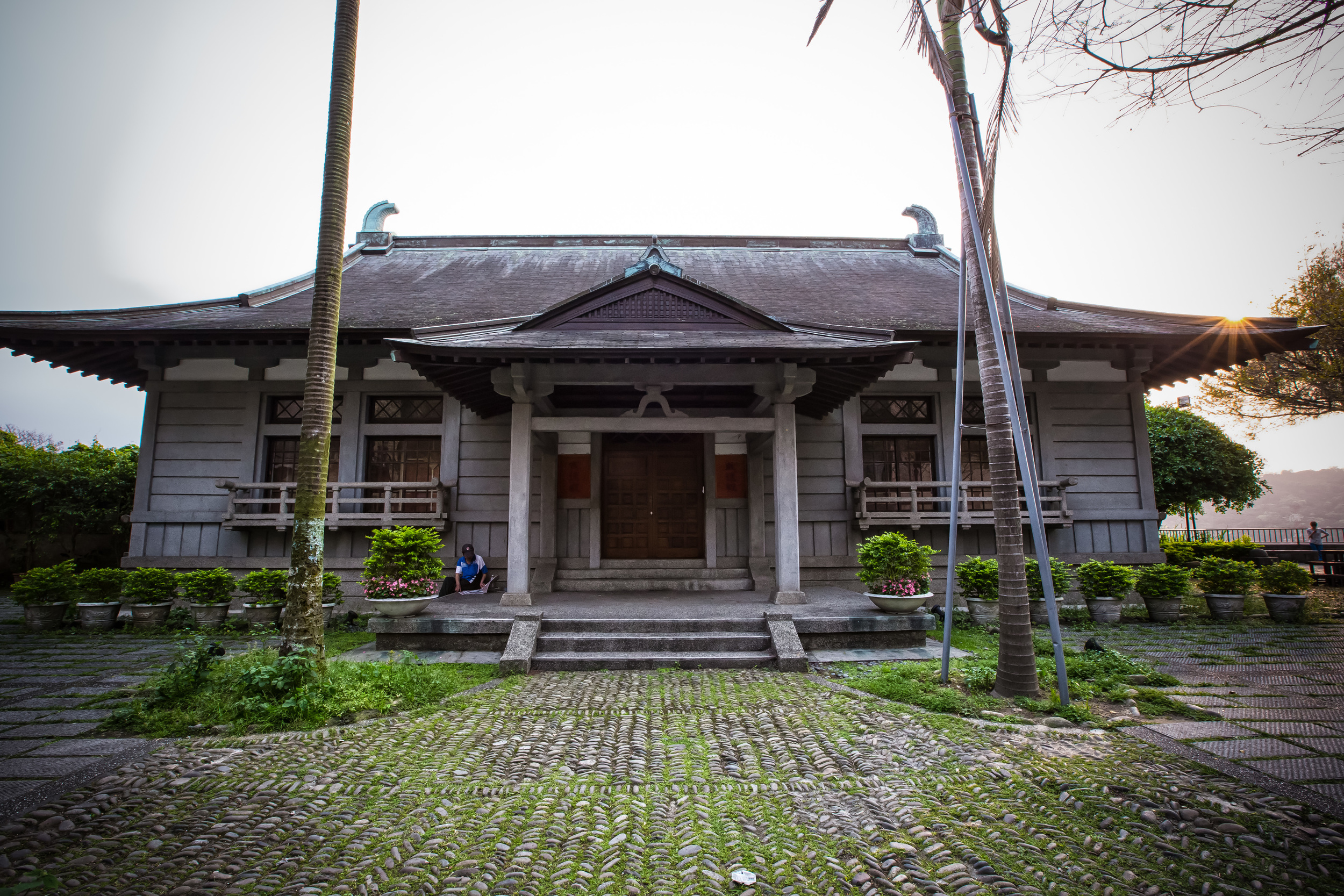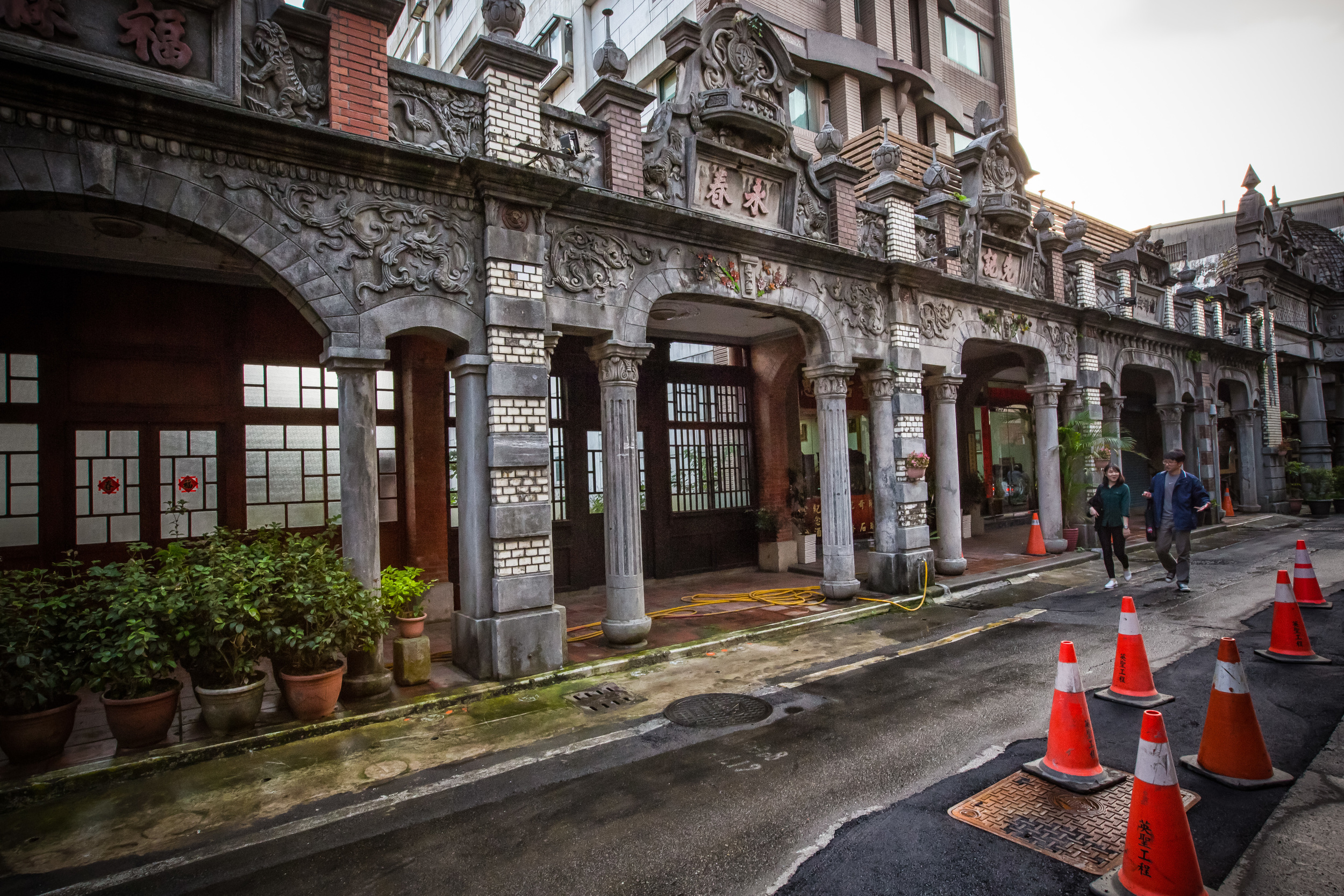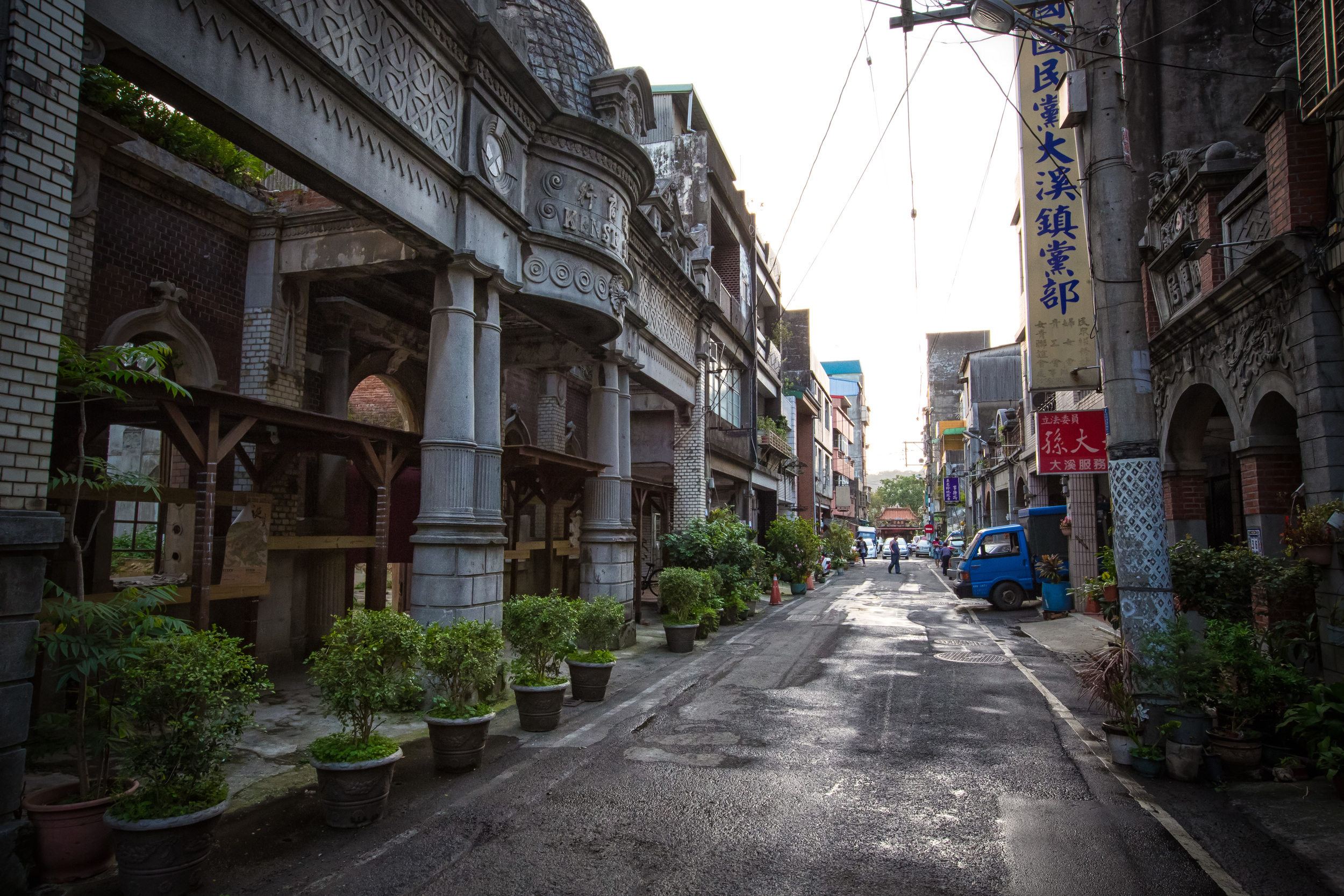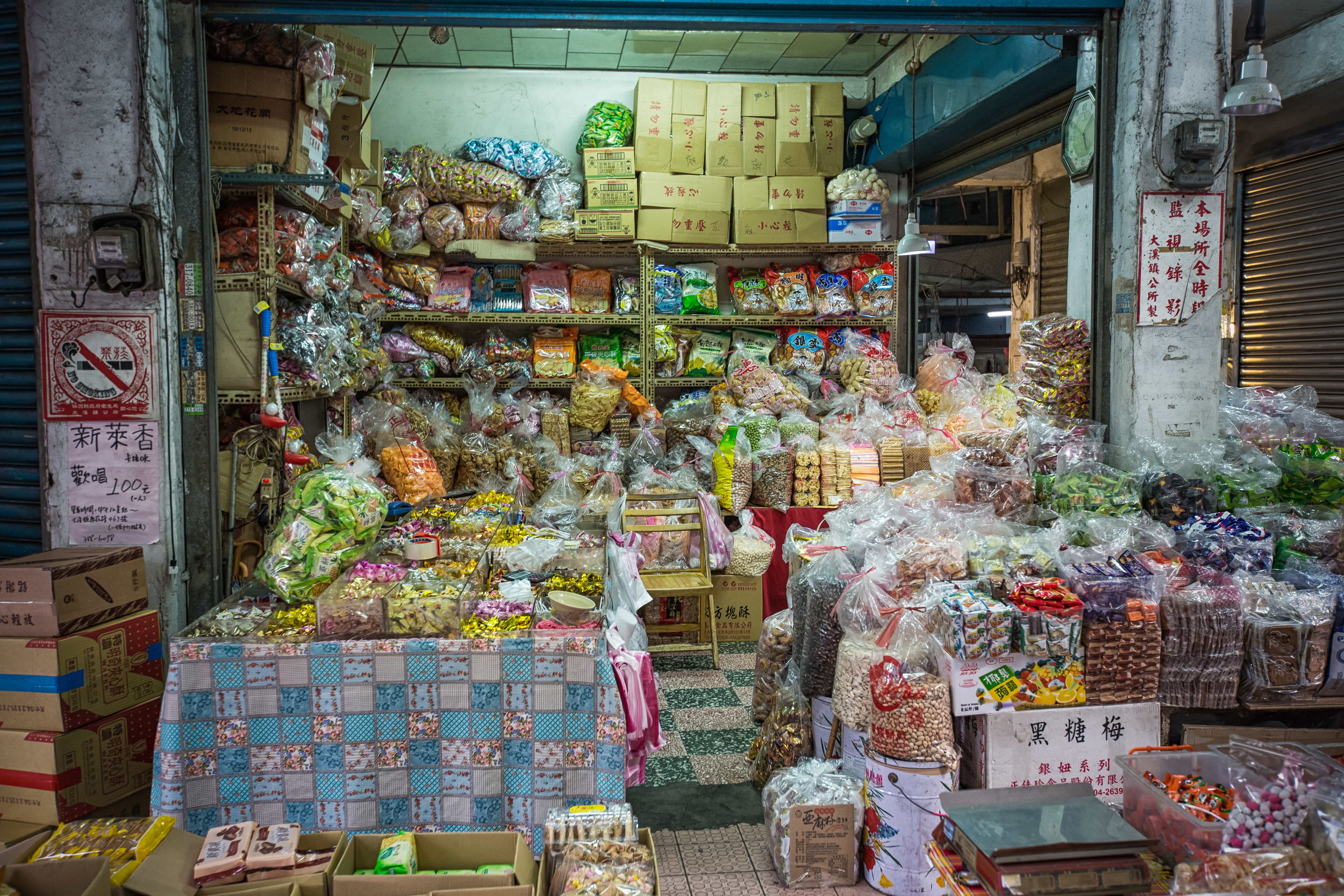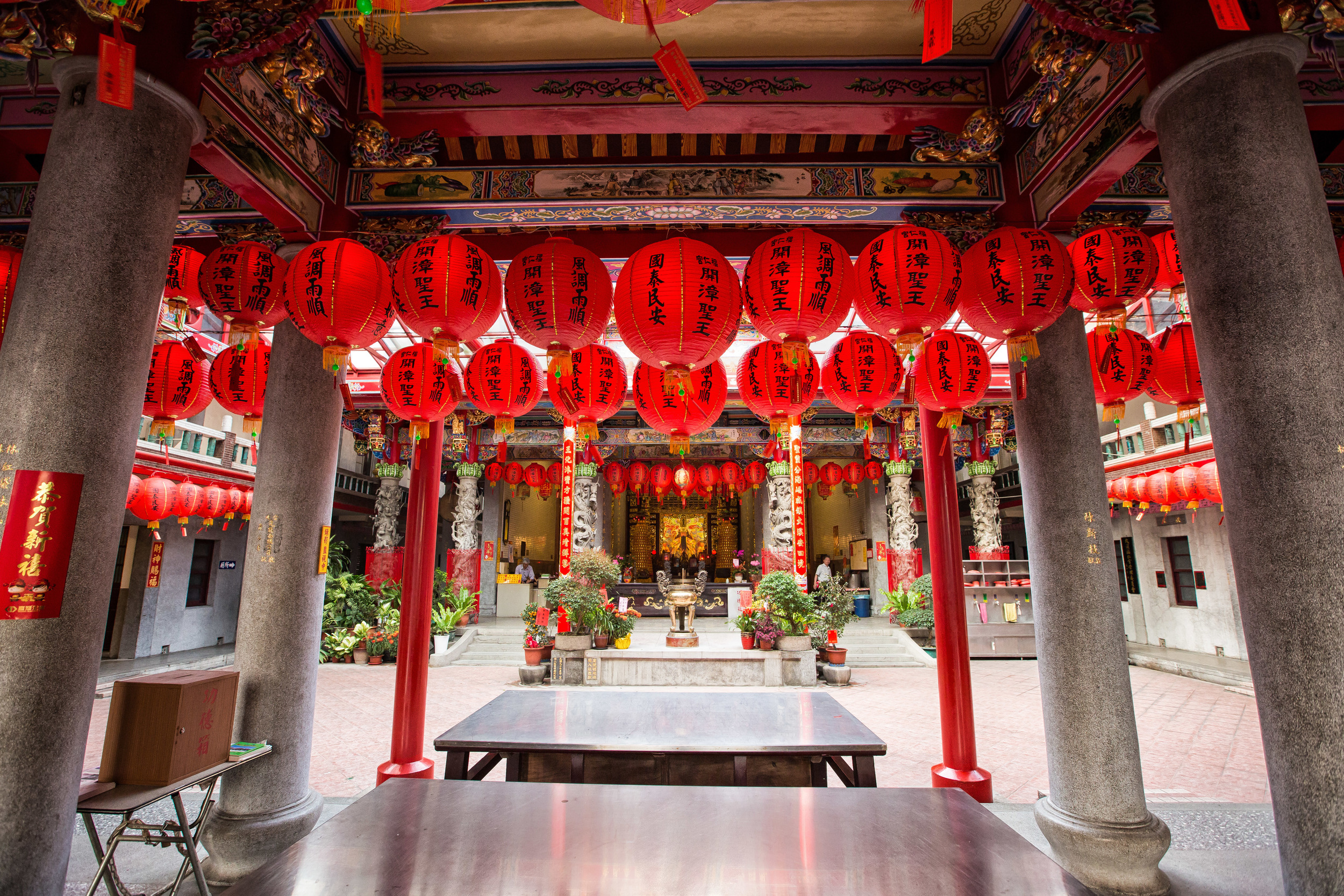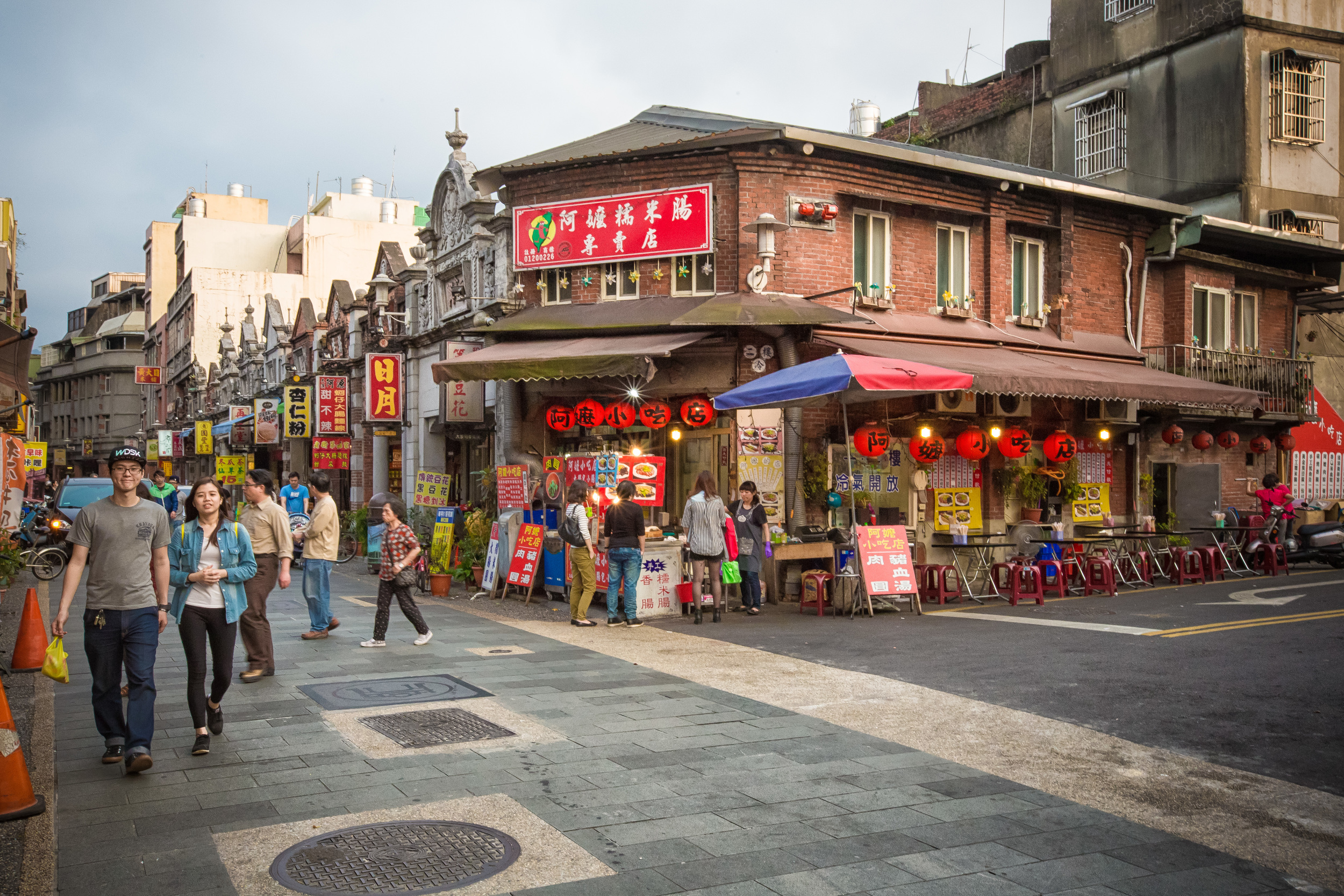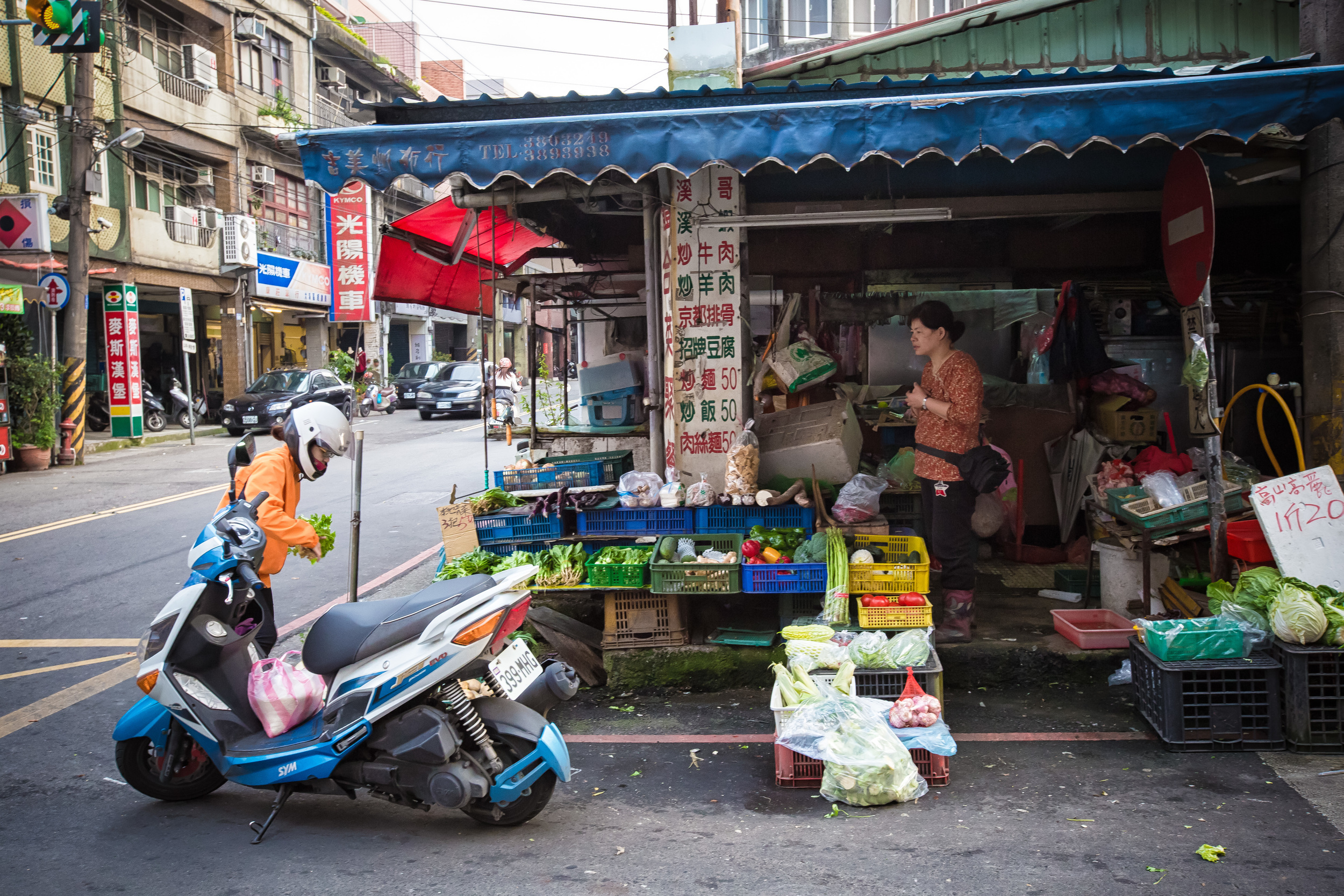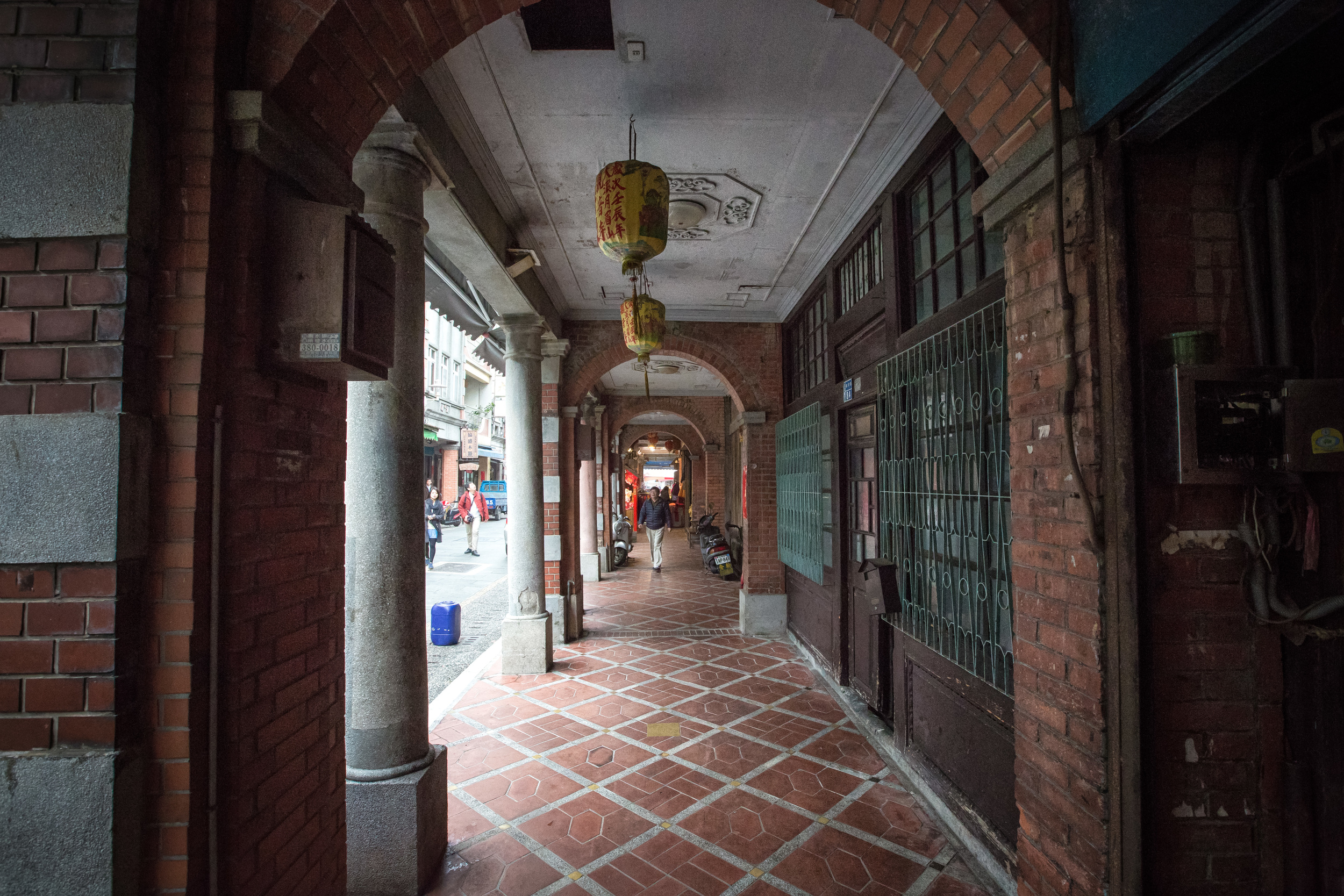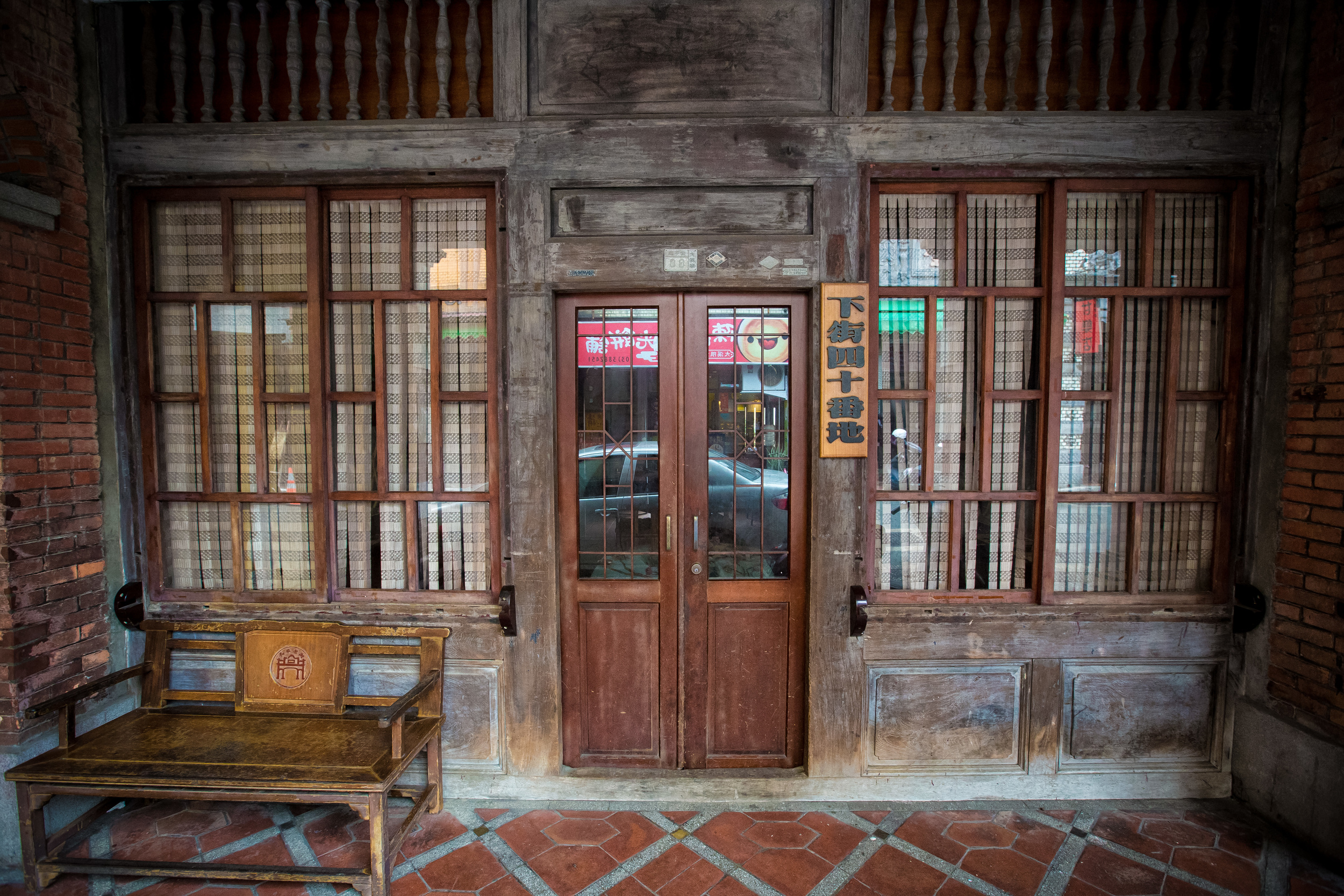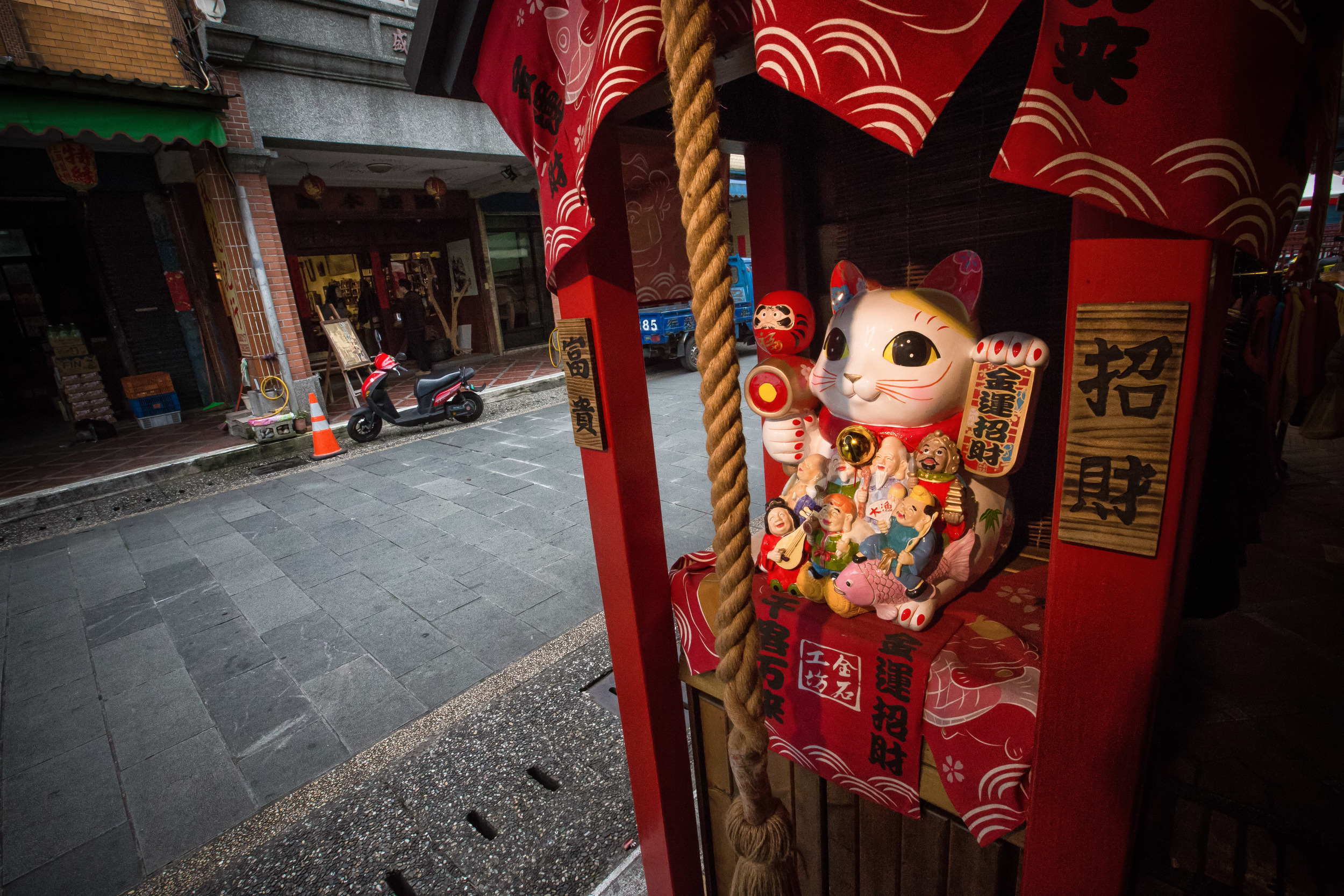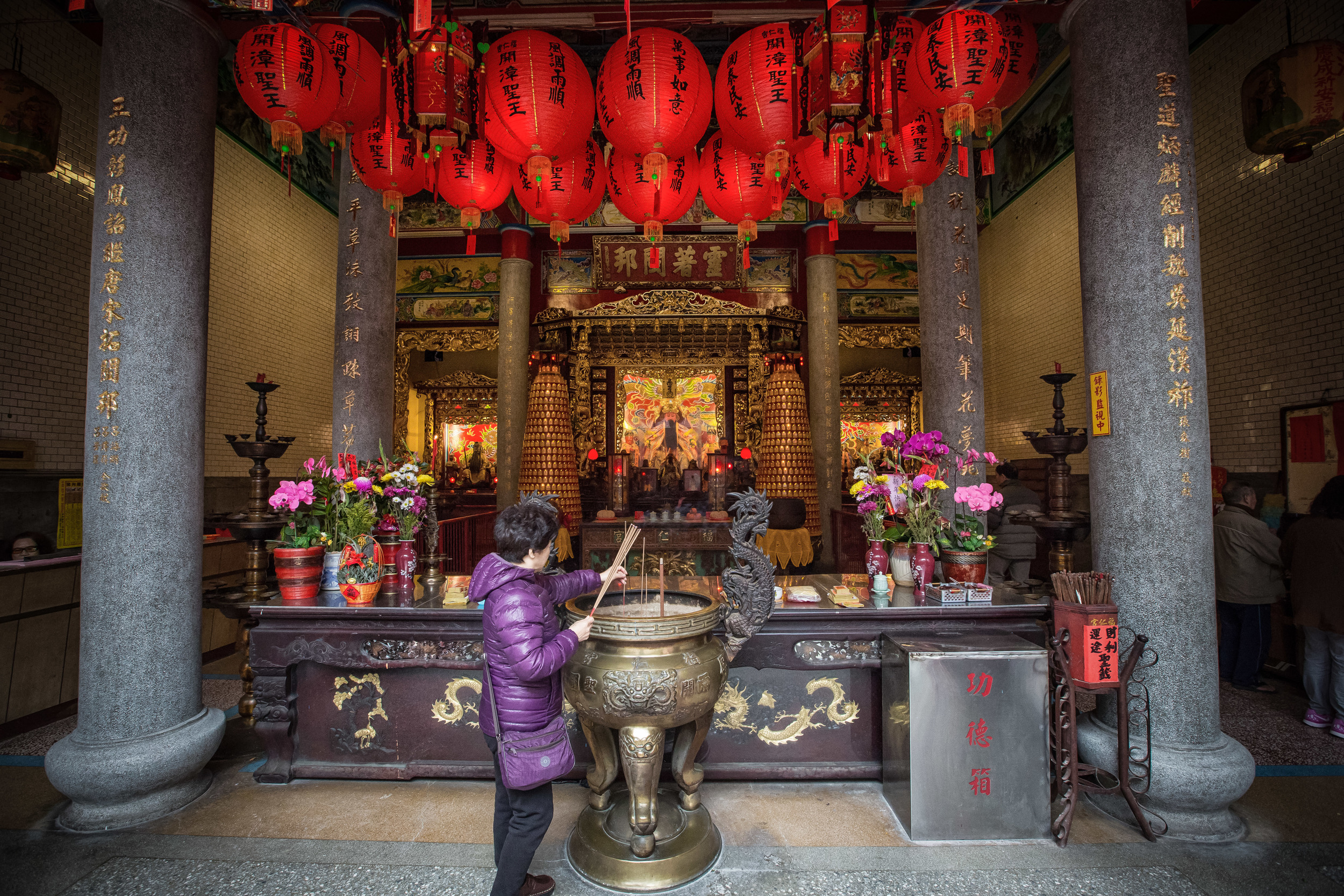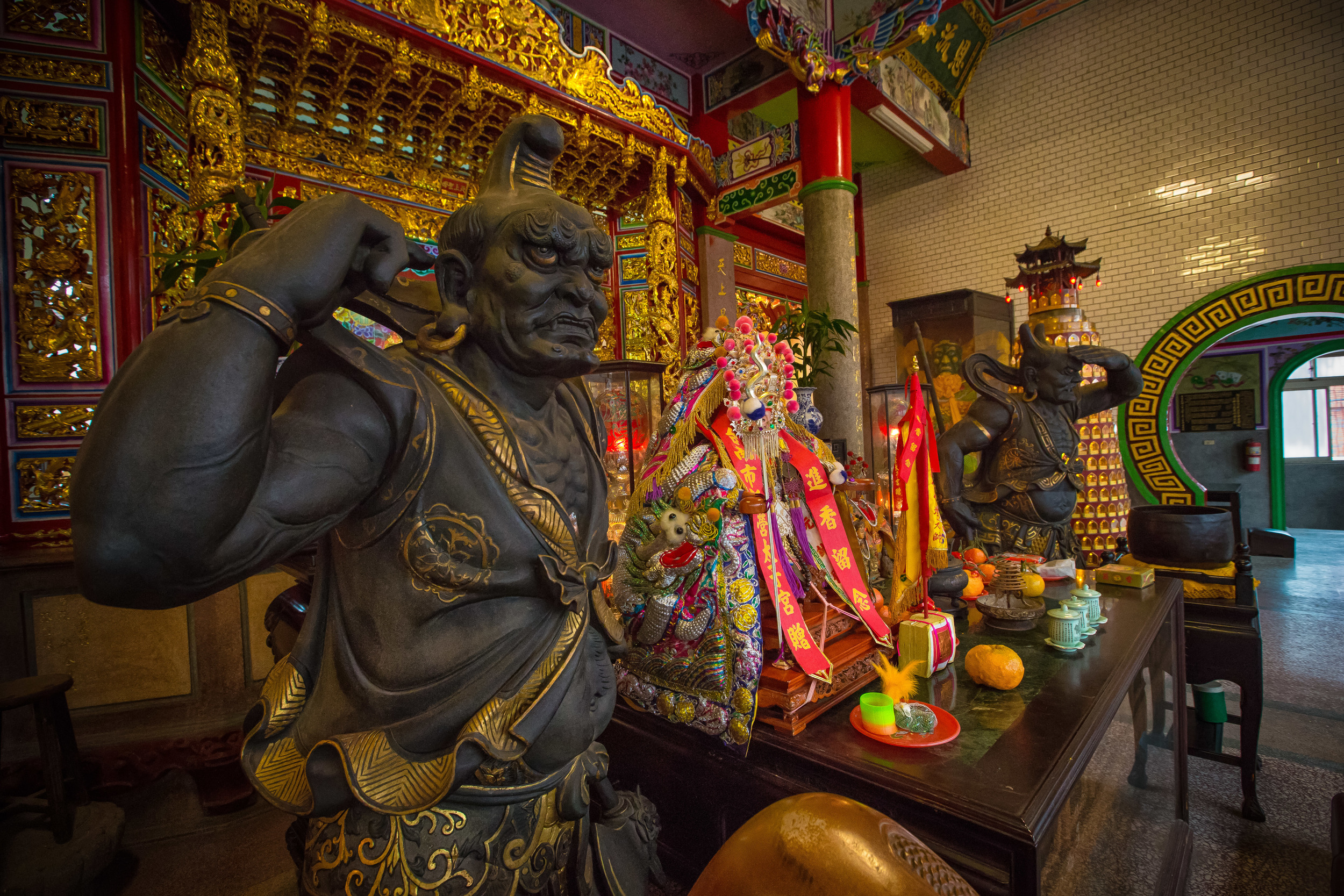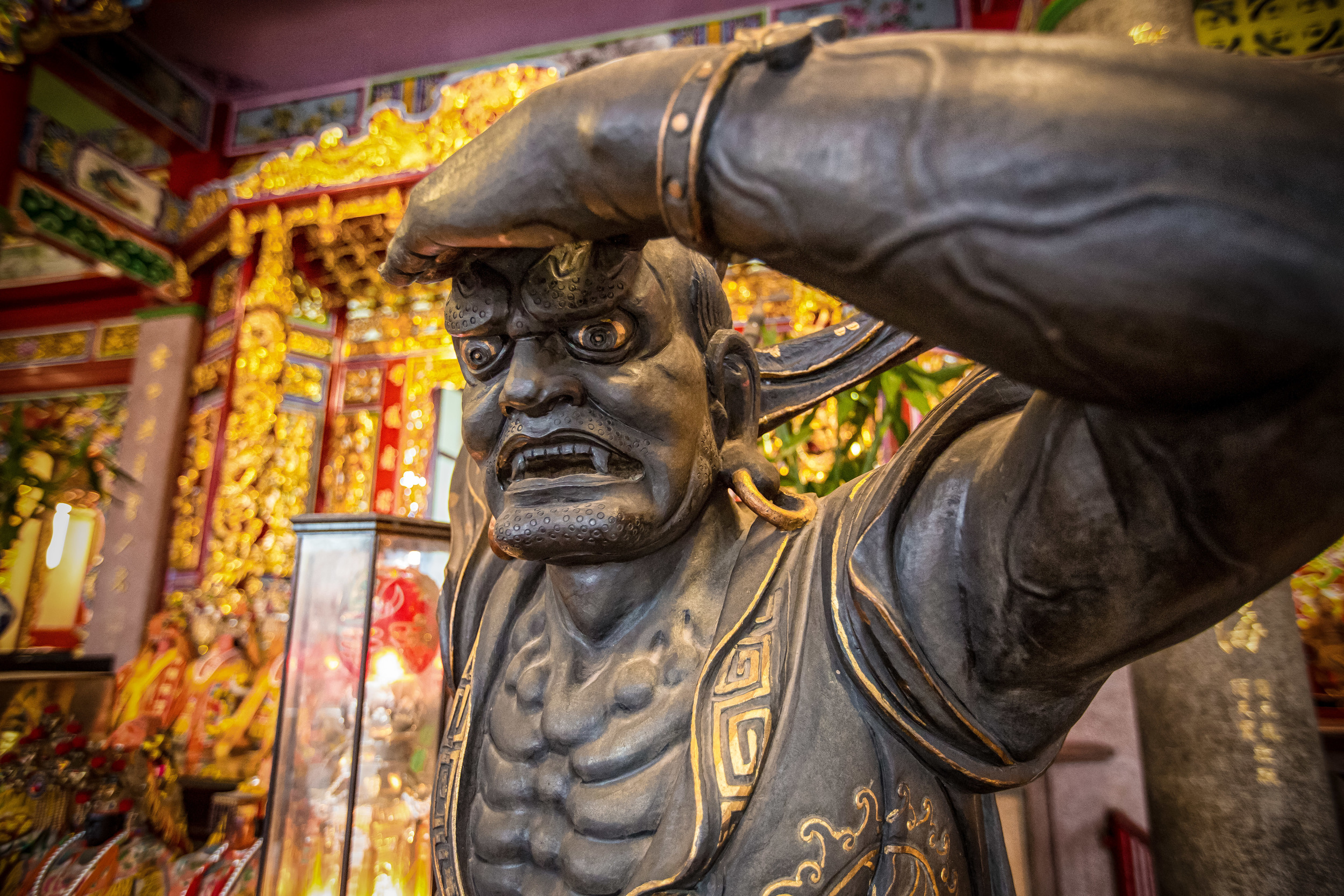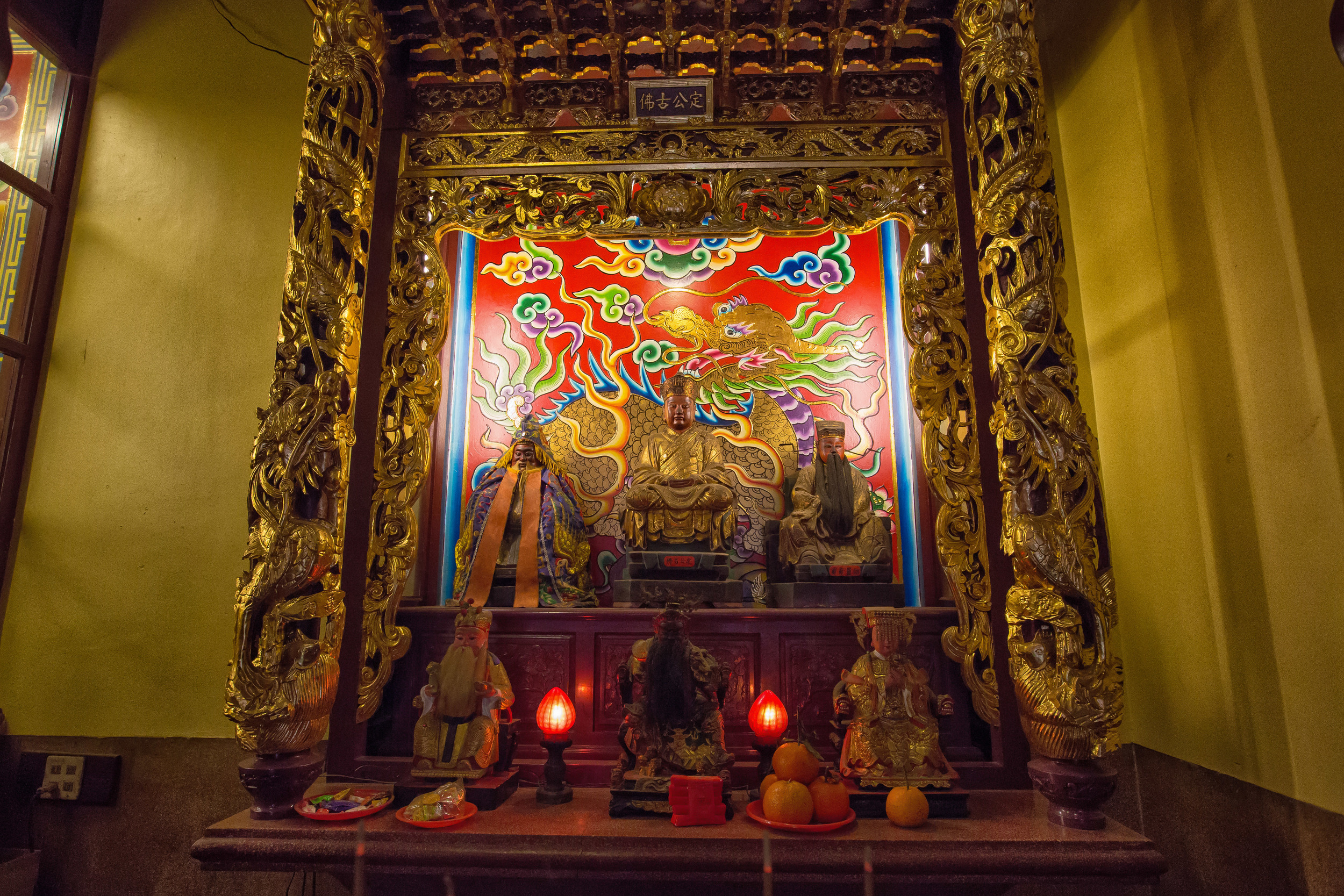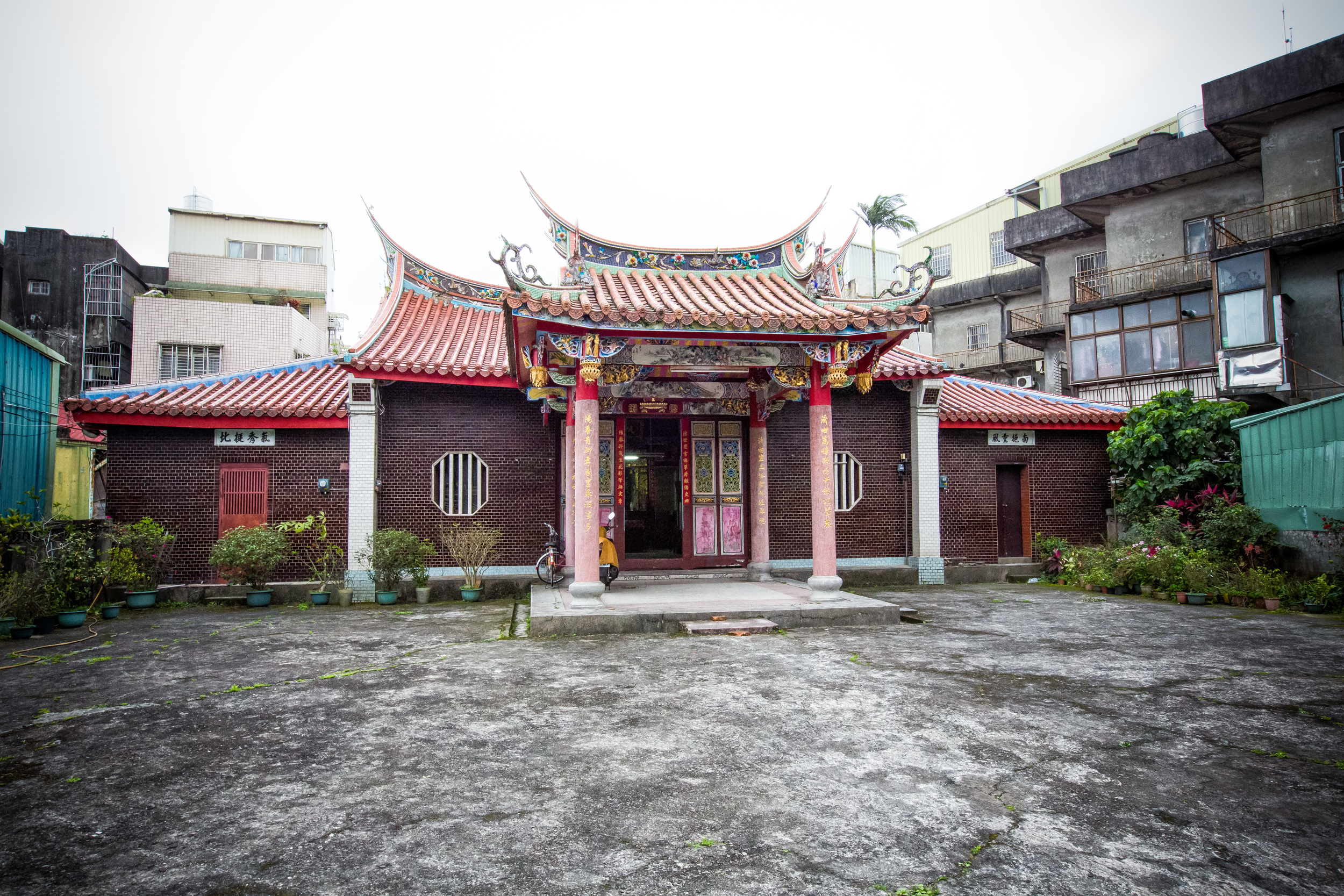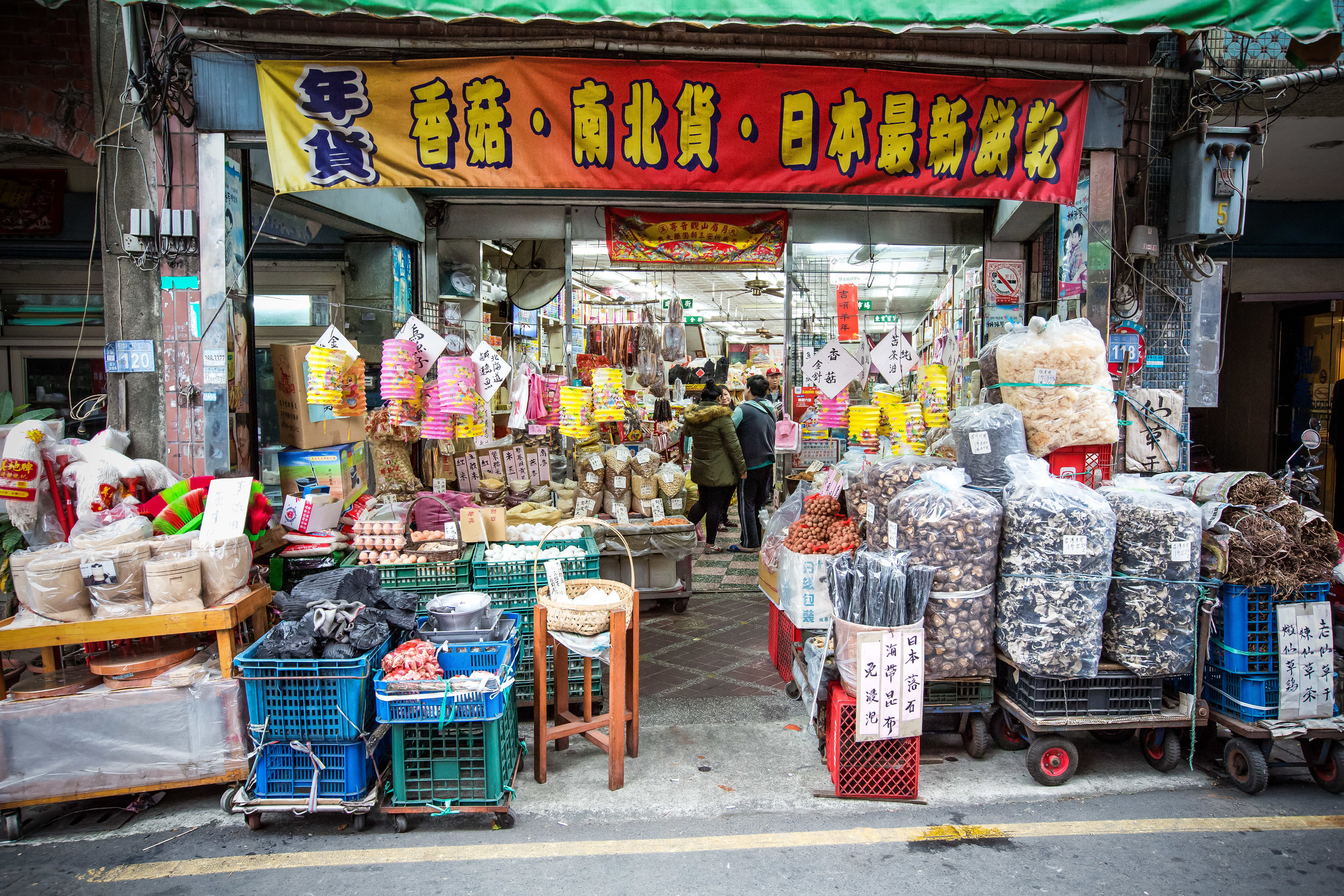Xingang (新港) - Beigang (北港) Lunar New Year Markets
The Lunar New Year is one of the most important times of the year for people in Taiwan - For students, it is the time when they have their month-long winter vacation (寒假) and for adults, the government mandates at least a week or more off of work to celebrate the holidays giving people a much needed break.
This means that, like in other parts of Asia, there is a mass migration of sorts with people travelling from the place they work to their ancestral homes. It also means that highways, roads and tourist sites all over the country are jam-packed with travellers who use their time off from work and school to the best of their ability.
I've been in Taiwan for over a decade now and it has become somewhat of a tradition of mine to use my free time to travel during the holidays. I travel to different places every year but the one constant through all the years is that I always make my way down to Xingang (新港) in Chiayi County (嘉義縣) and its neighbour Beigang (北港) in Yunlin County (雲林)
Historically, both Xingang, which translates as "New Port" and Beigang, "North Port" were important and existed as coastal staging areas during the Dutch occupation of the island. Later, Beigang became one of the most important ports in the 17th Century and brought a lot of prosperity to the area.
Today, the two villages are most well-known for their famous temples which date back to the 1600s. The Beigang Chaotian Temple (北港朝天宮) is visited by more than a million people each year and the Xingang Fengtian Temple (新港奉天宮), which claims to be the first Mazu temple in Taiwan. Coincidentally these temples being as old as they are, as well off as they are and as close as they are had somewhat of an unhealthy rivalry that went on for decades. This rivalry only ended recently when the Mazu statue from Fengtian Temple visited the Chaotian Temple as a show of reconciliation. Oh, religion.
Chaotian Temple (北港朝天宮)
The Chaotian Temple is around 300 years old and is pretty much THE most important Mazu Temple in Taiwan. The temple is important not because it is the biggest but due to the fact that it takes a leading role when it comes to Mazu worship in this country. The temple is therefore very popular and also very well off. During Lunar New Year the temple becomes extremely busy with people from all over Taiwan visiting to get the blessing of the "Heavenly Mother" (天上聖母) and a visit to this temple during the Lunar New Year holiday is a pretty awesome cultural experience!
Fengtian Temple (新港奉天宮)
Fengtian Temple (奉天宮) claims to the the first temple dedicated to the goddess Mazu in Taiwan and despite being built almost 400 years ago, it has met with destruction a few times due to earthquakes and other natural disasters. The current temple is almost a century old and is an extremely large and beautiful temple. Fengtian Temple serves as the last stop on the Dajia Mazu Pilgrimage (大甲媽祖遶境進香活動) and is typically a very busy temple during the rest of the year. A market is set up in front of the temple with several local restaurants and vendors selling local produce and foods from Chiayi. During the Lunar New Year both the market in front of the temple and the inside of the temple are quite busy with people who have travelled from all over Taiwan and looking to receive a blessing from the goddess Mazu, also known as the "Heavenly Mother" (天上聖母) who serves as somewhat of a patron saint for the people of Taiwan.
My next post will be coming very quickly and will be about the massive Taiwan lantern festival (台灣燈會) that is being held here in Taoyuan this year. I've finally gotten back on track with work and have finished working on all the photos that I took over the long holiday! So expect me to be back on my normal schedule of posting a few blogs a week over the next few months.
Gallery / Flickr (High Res Shots)
